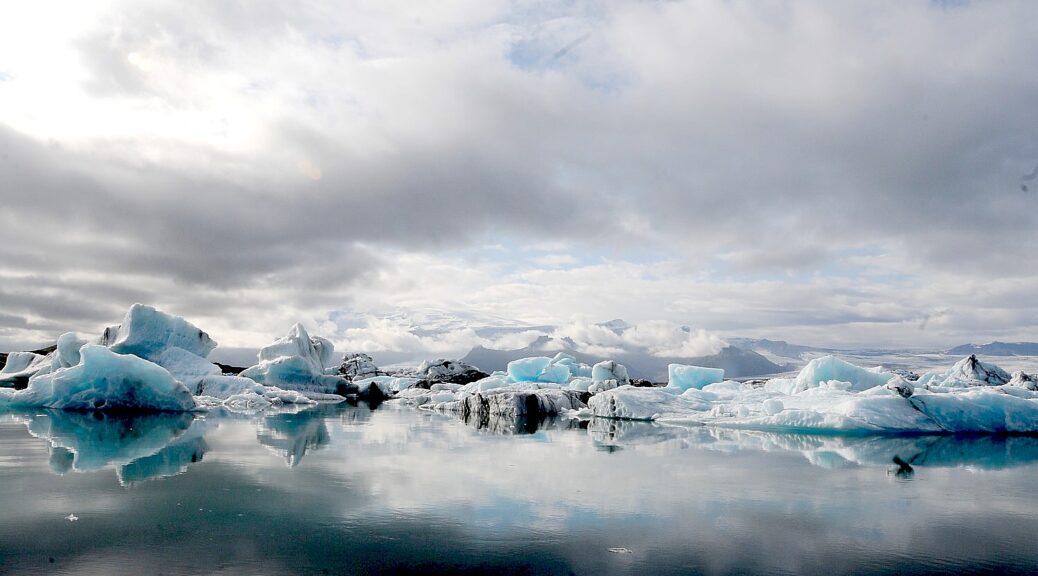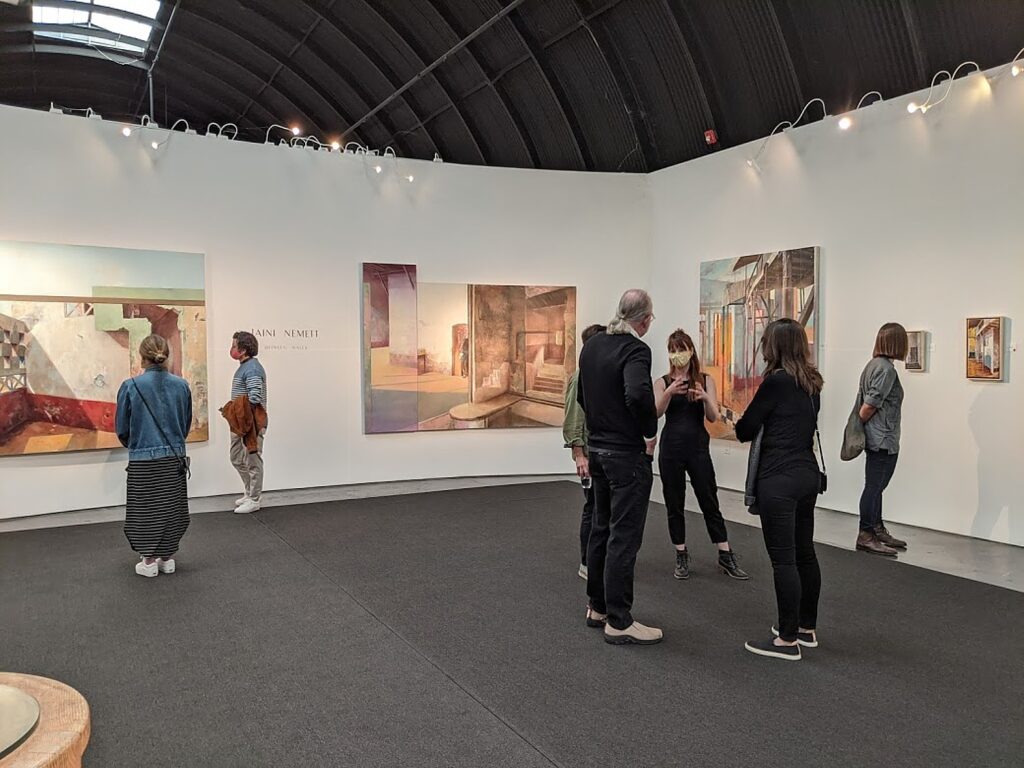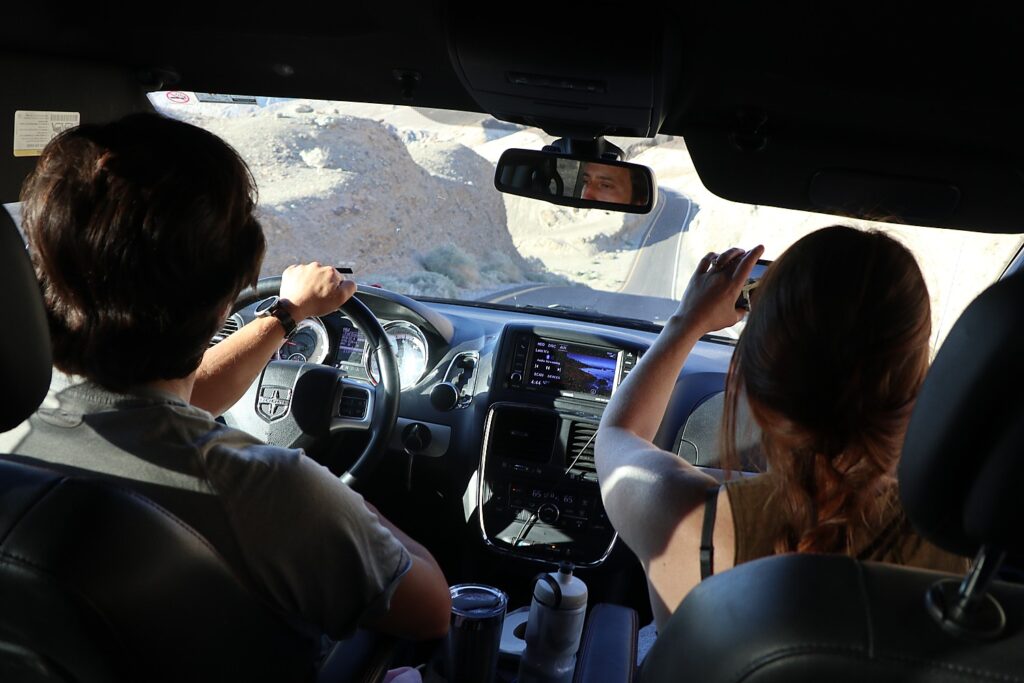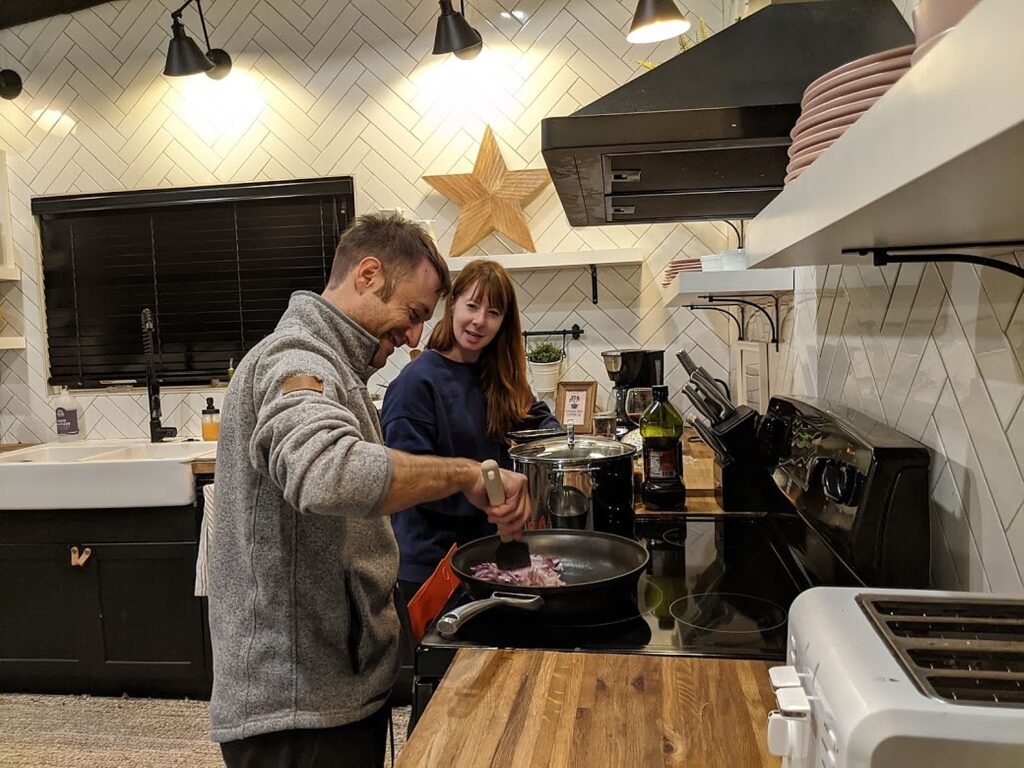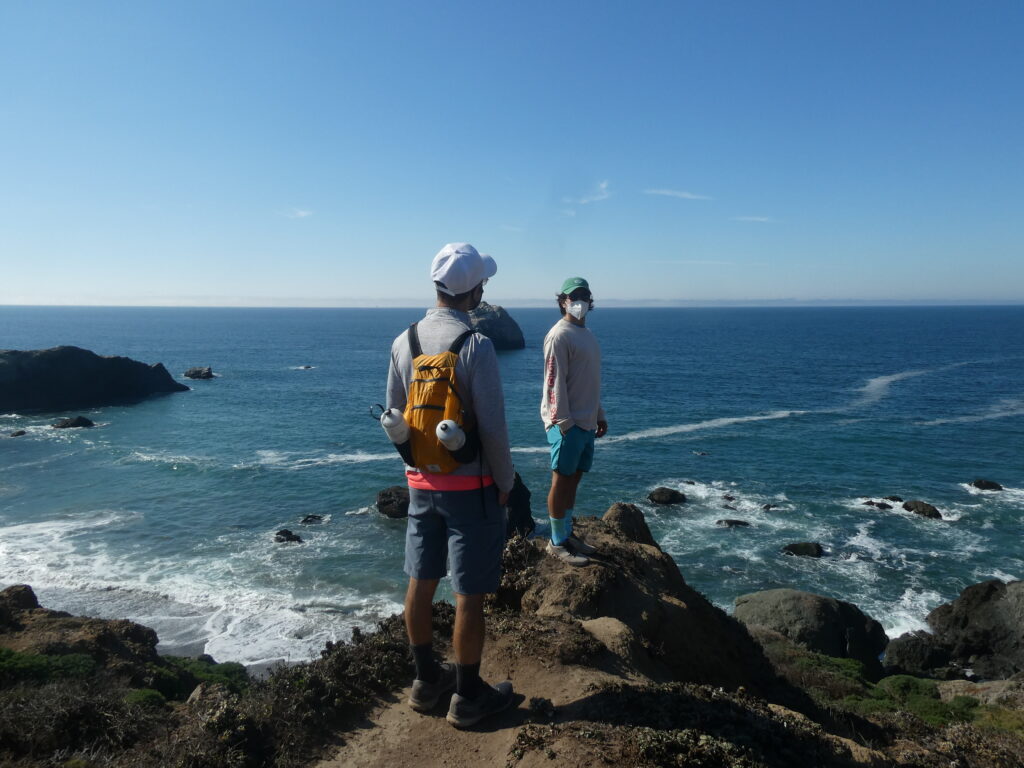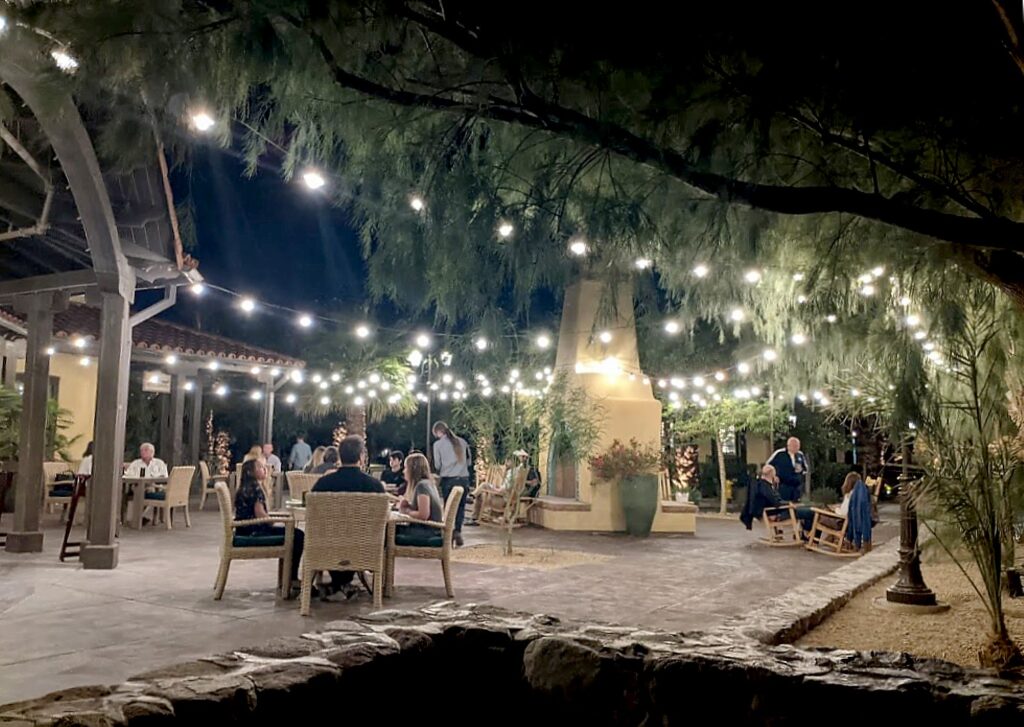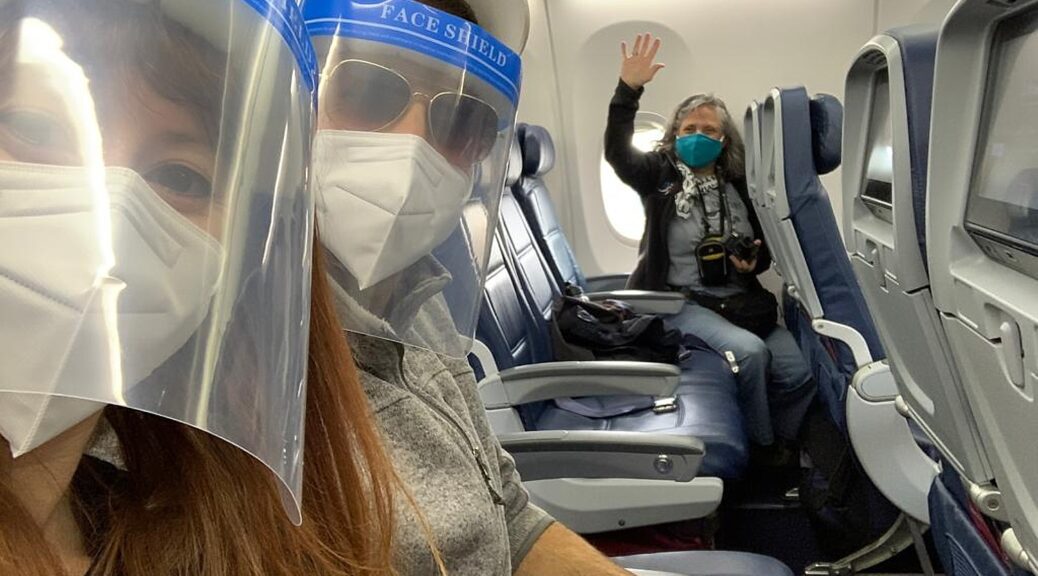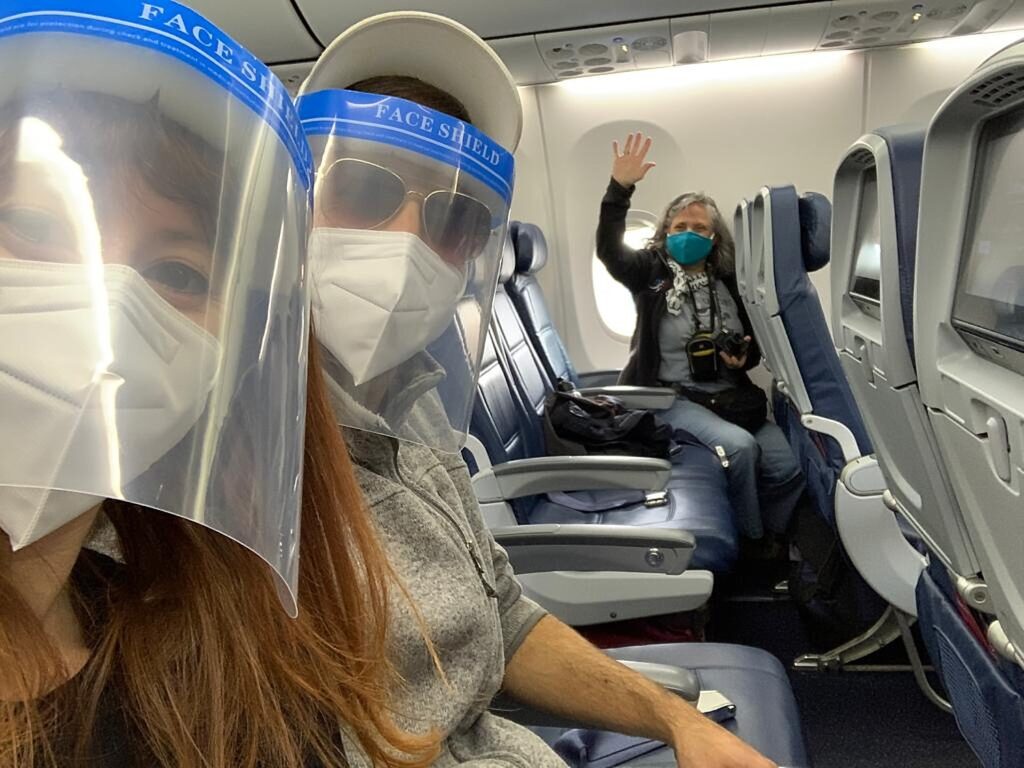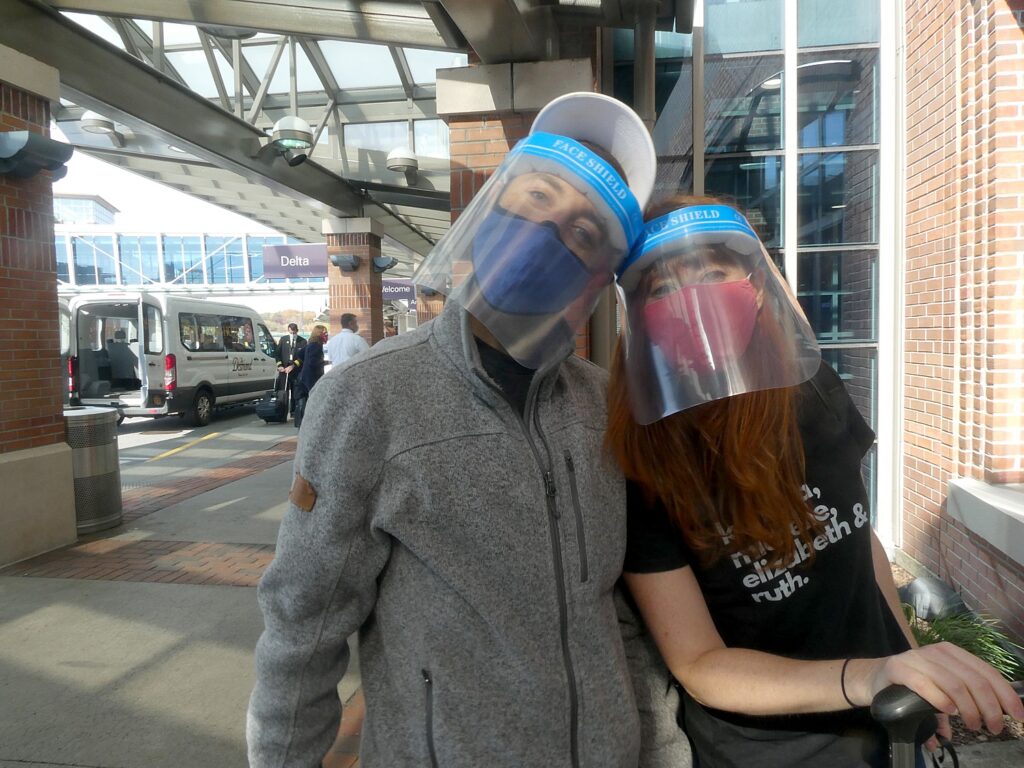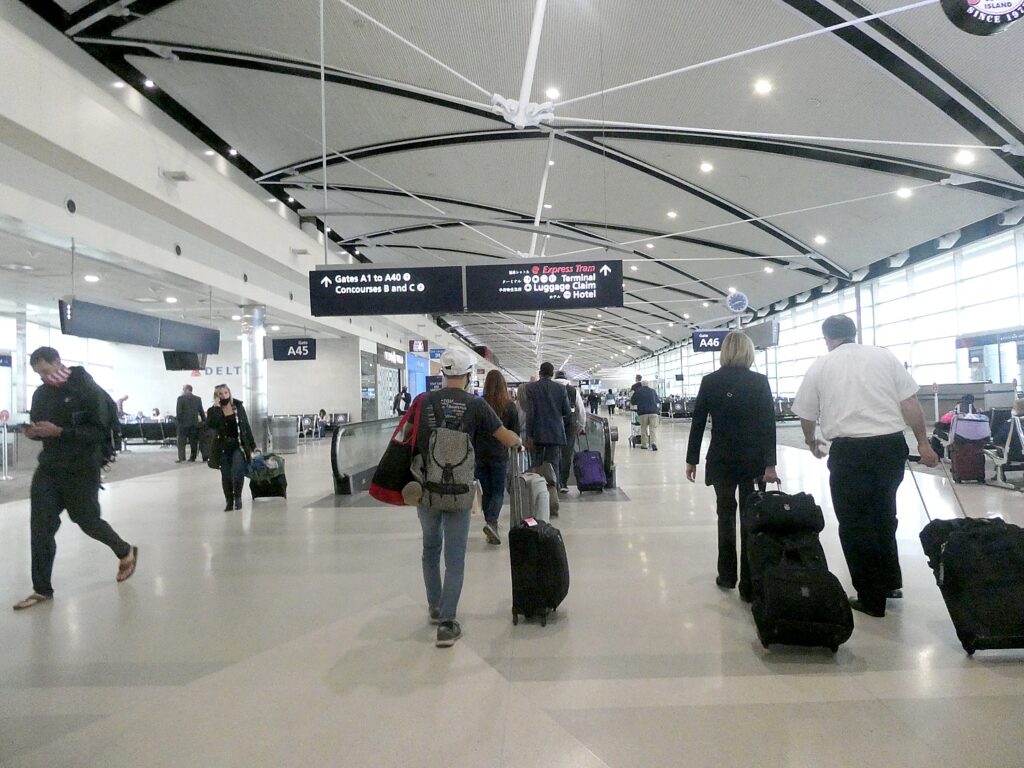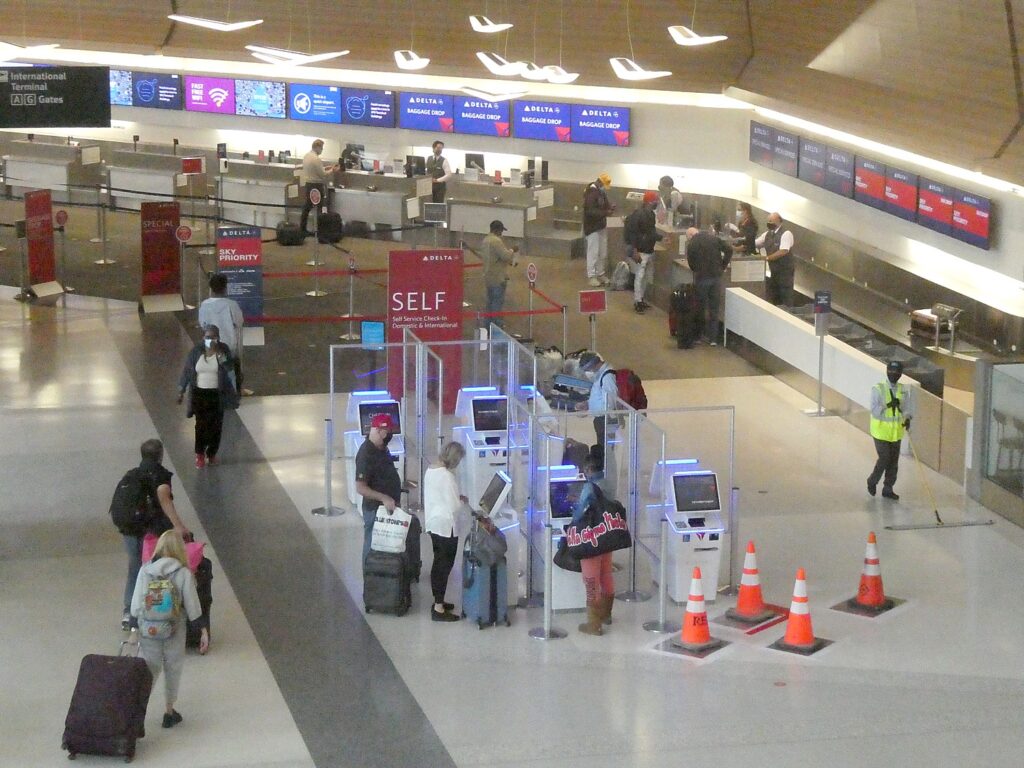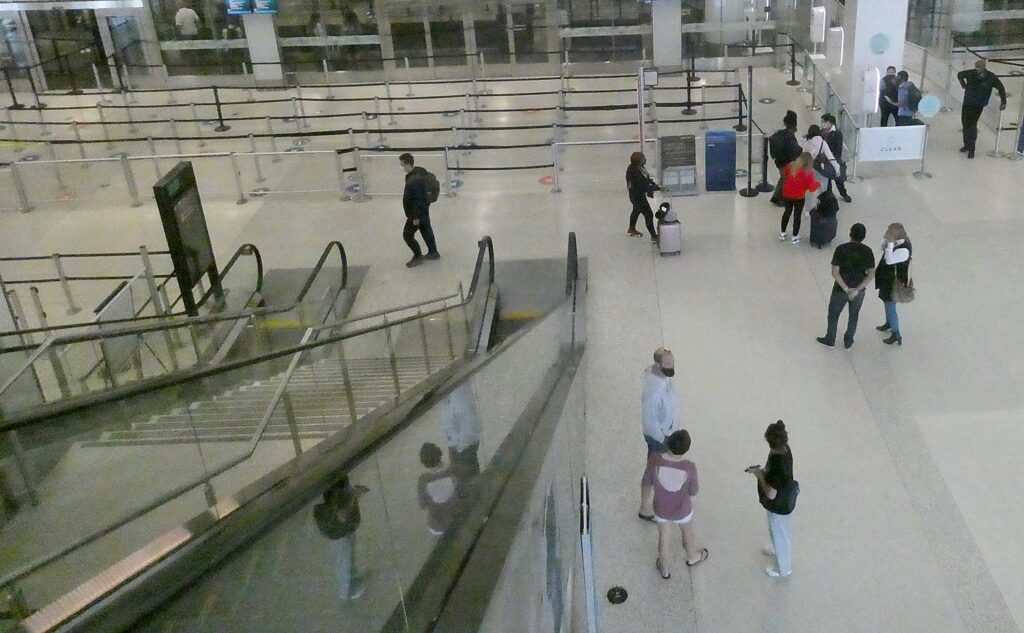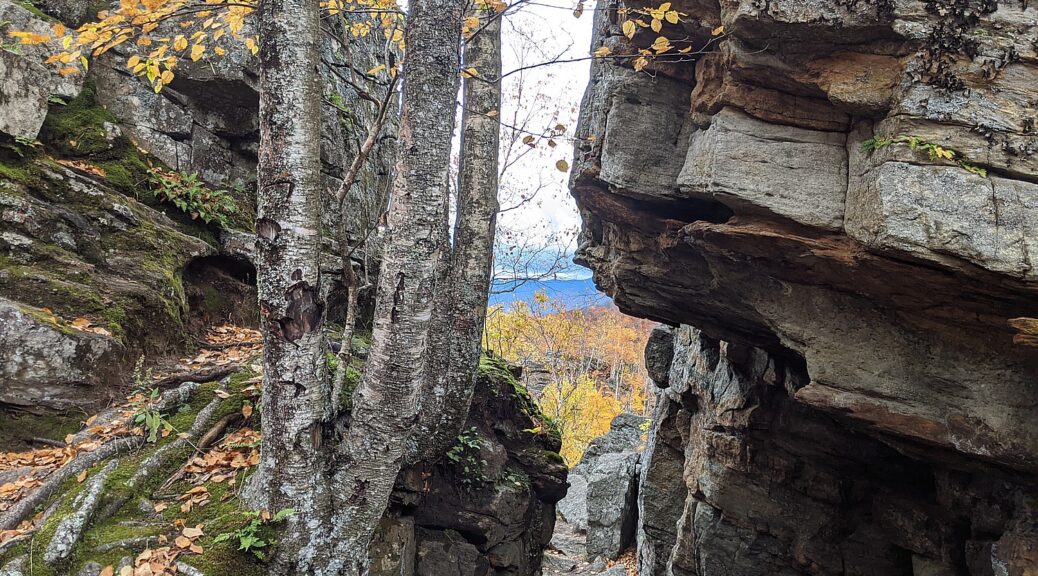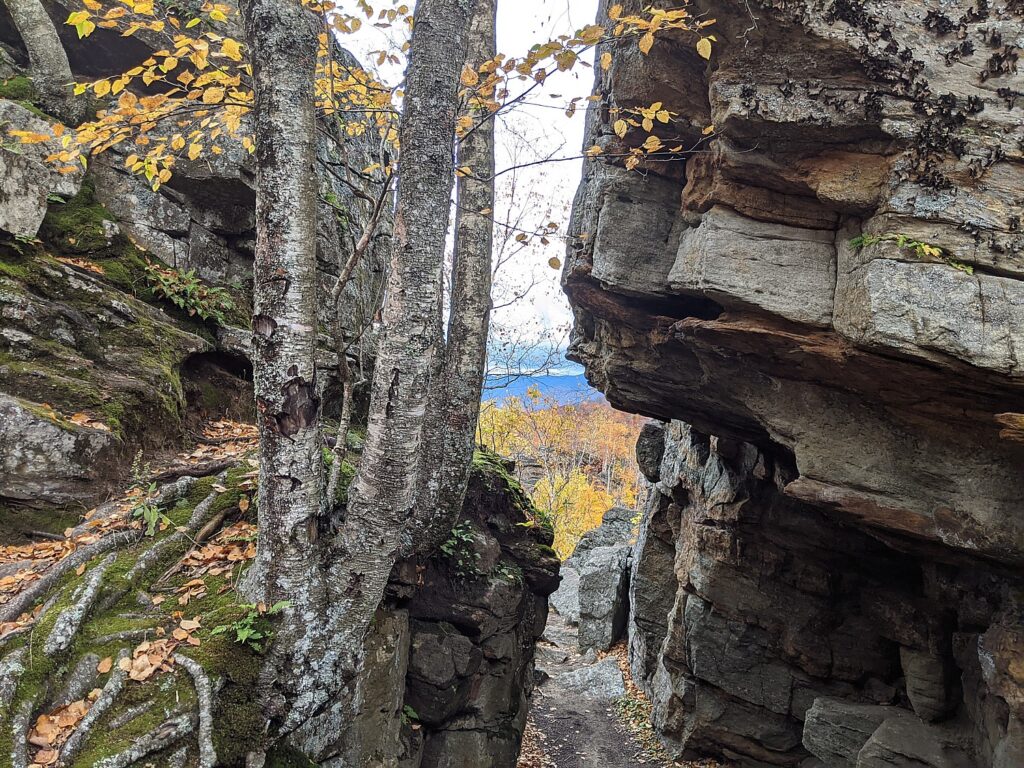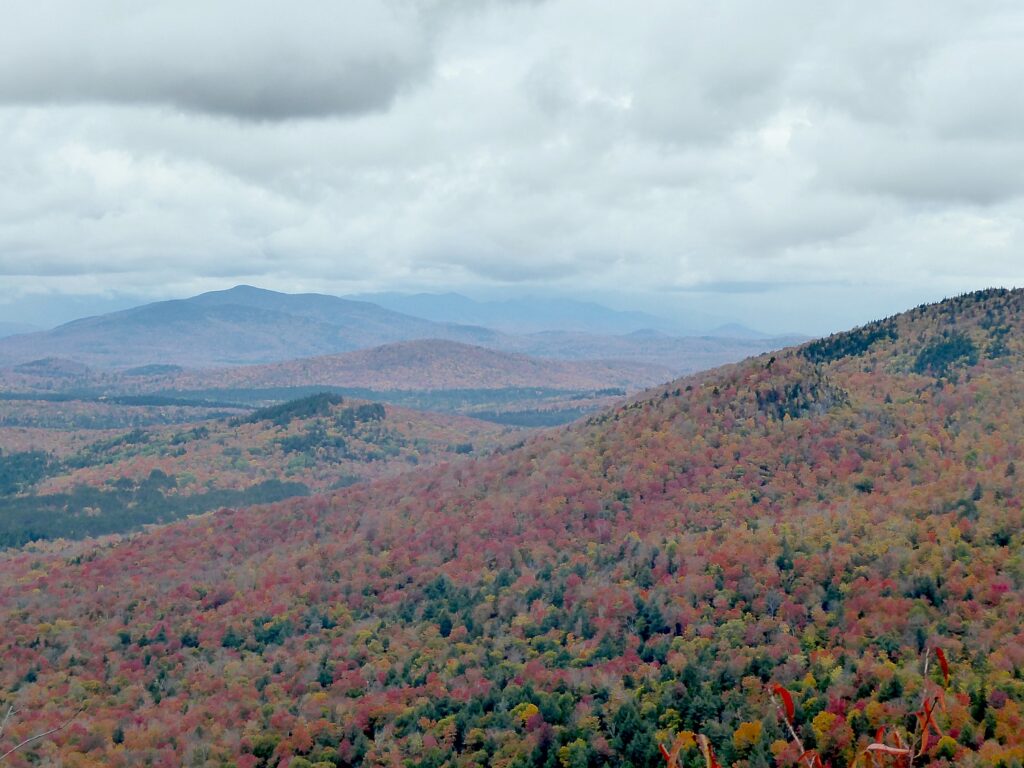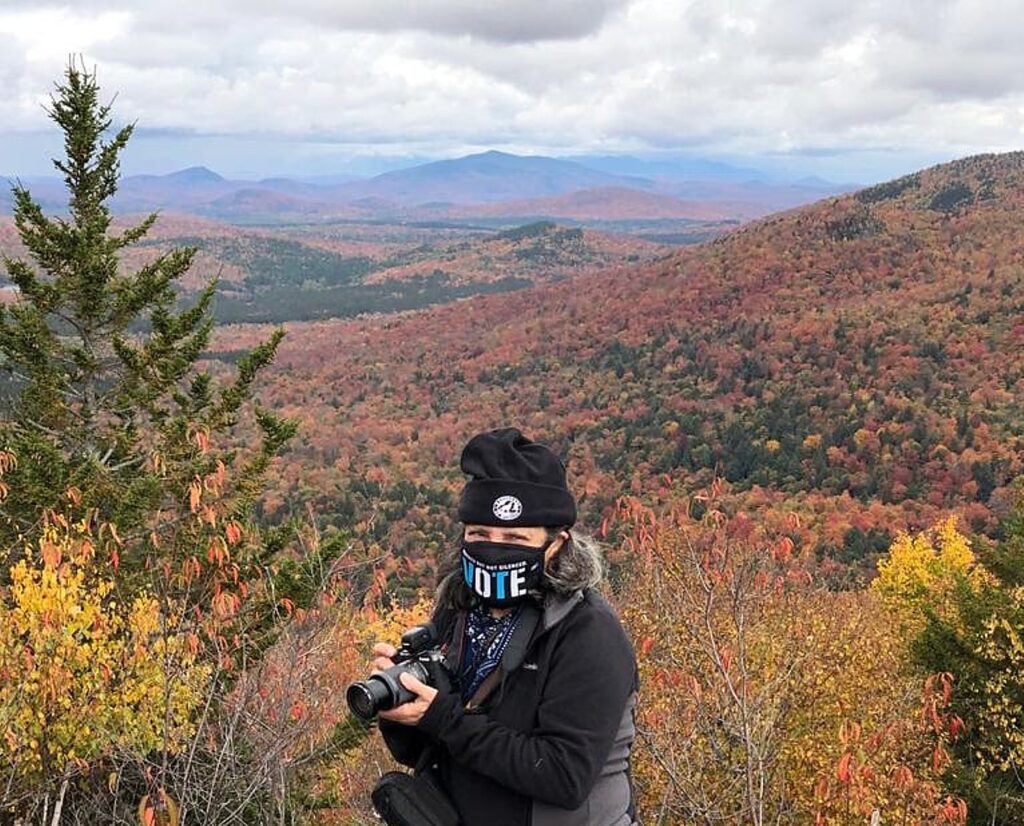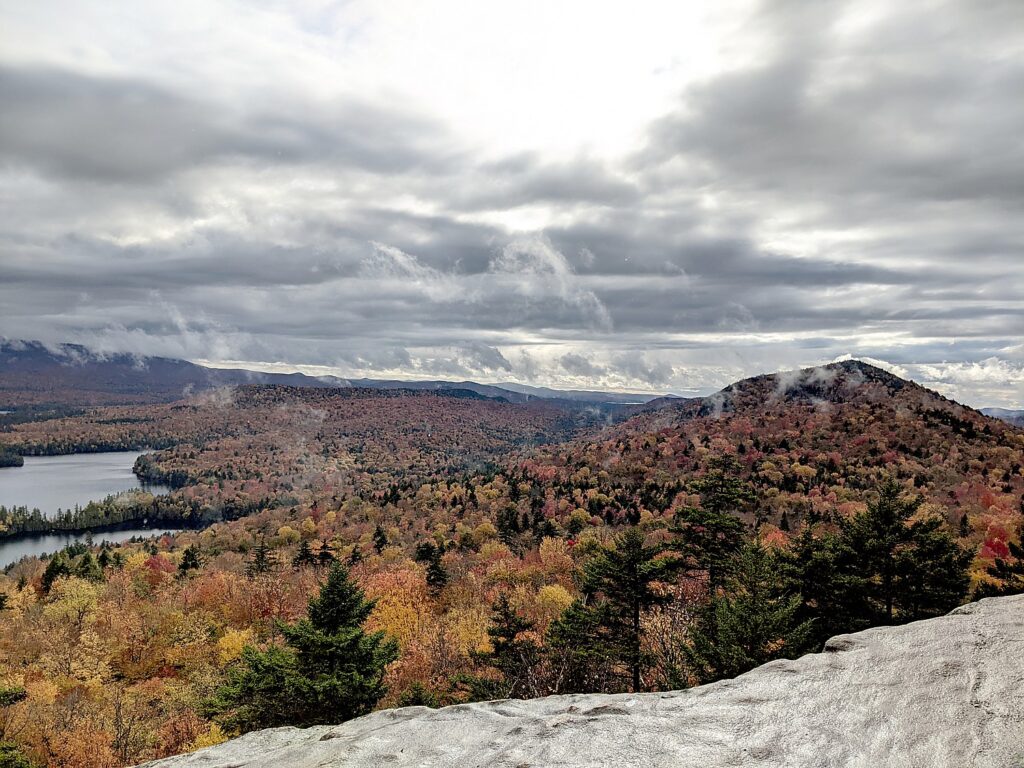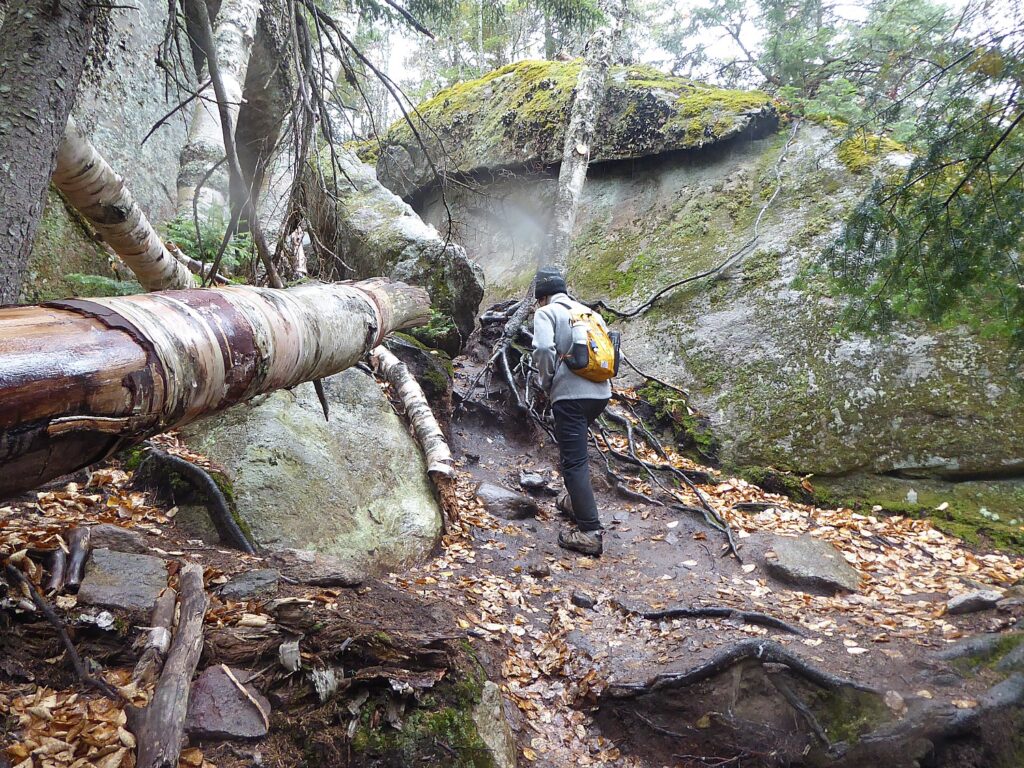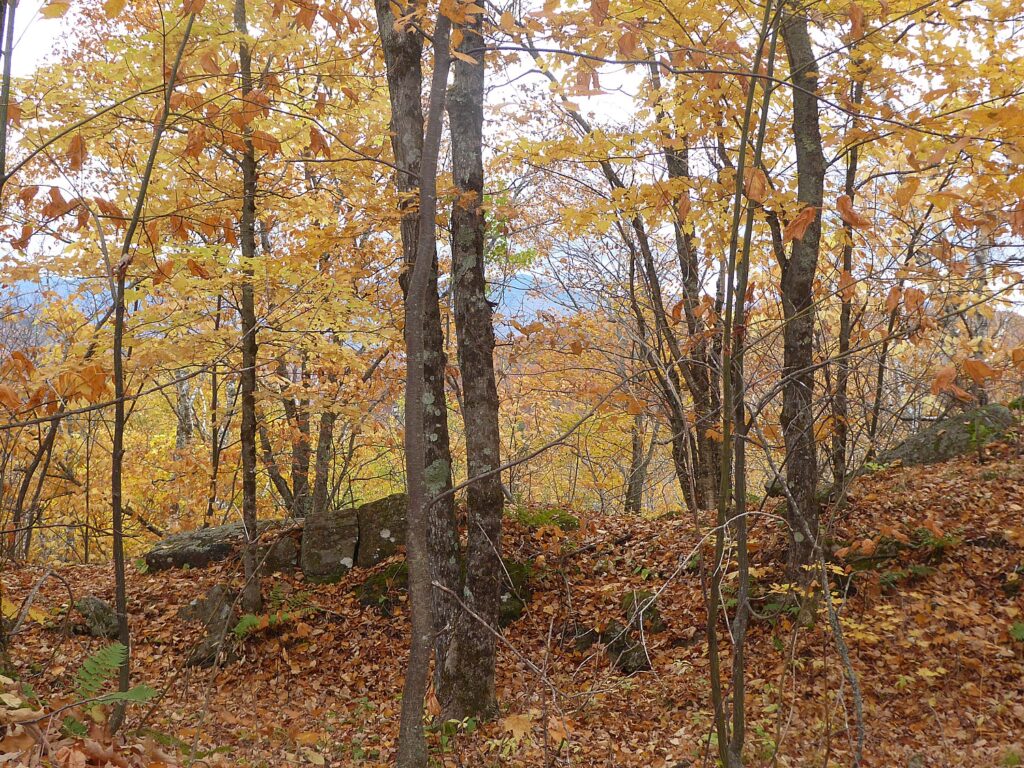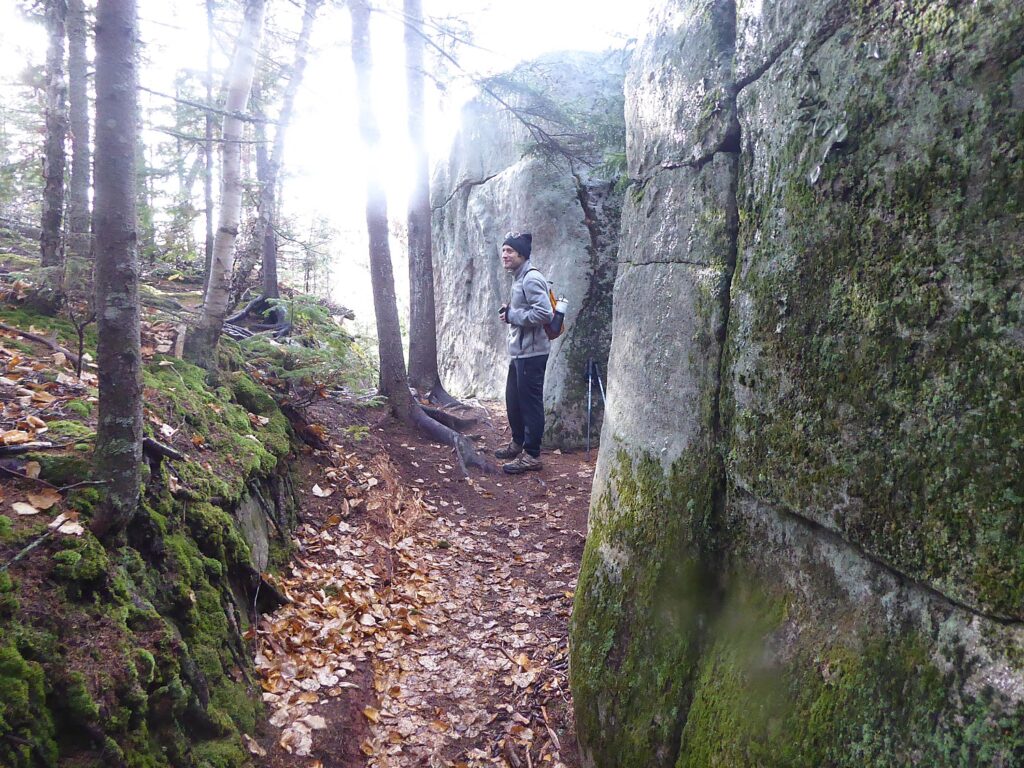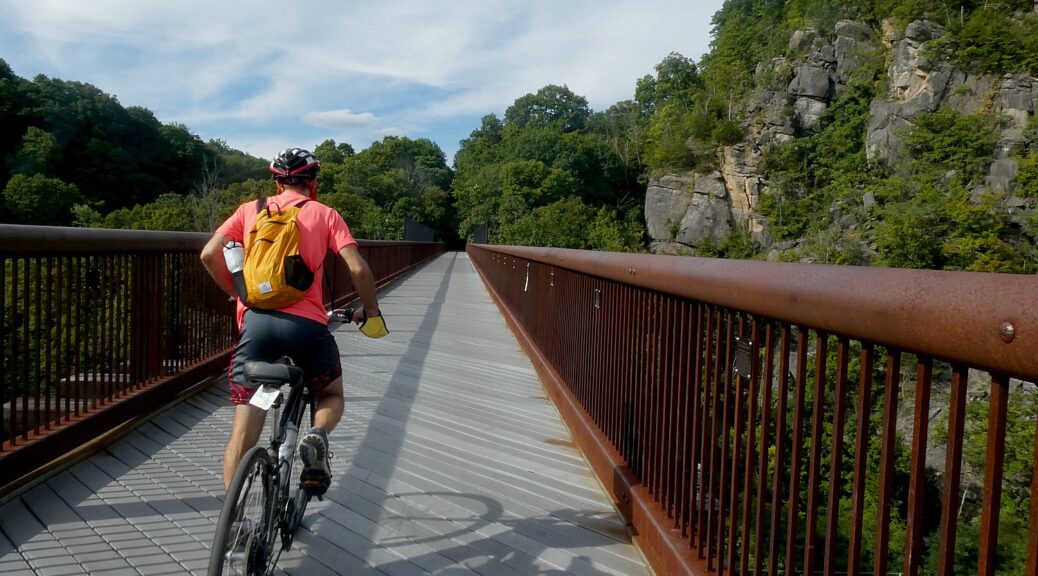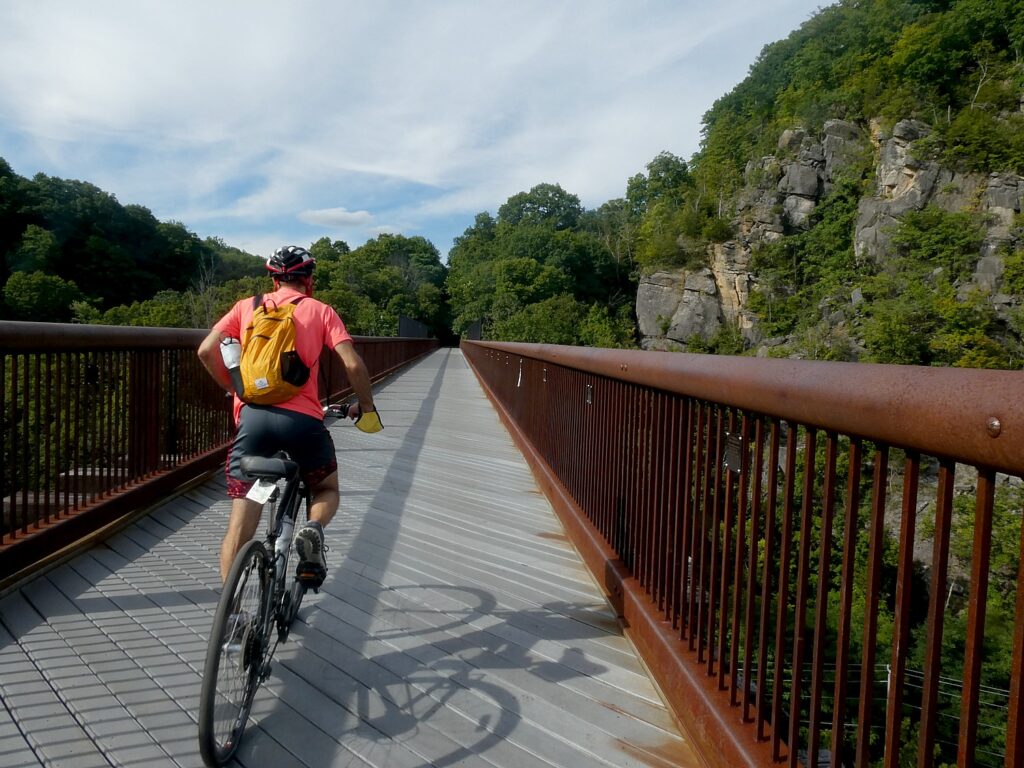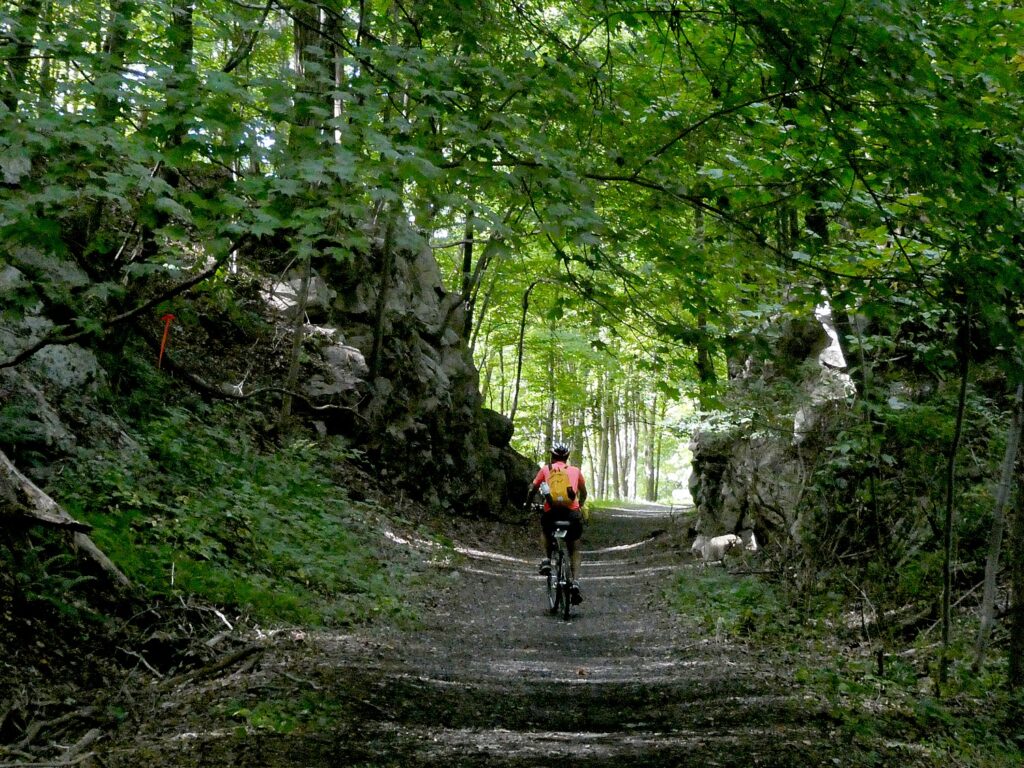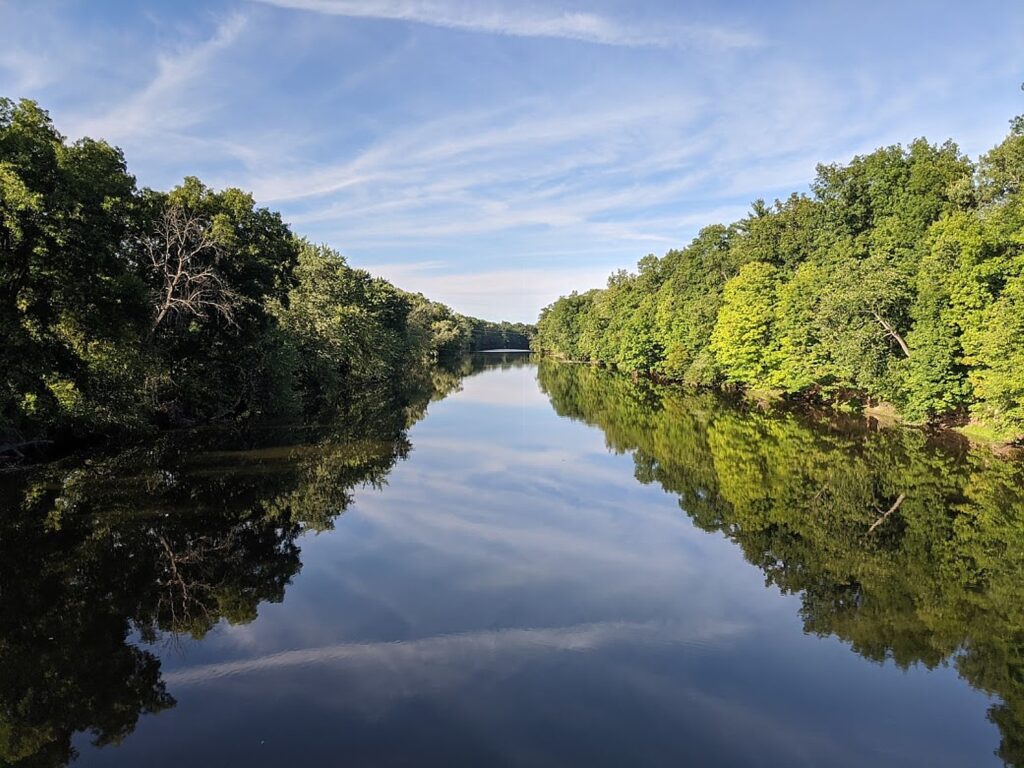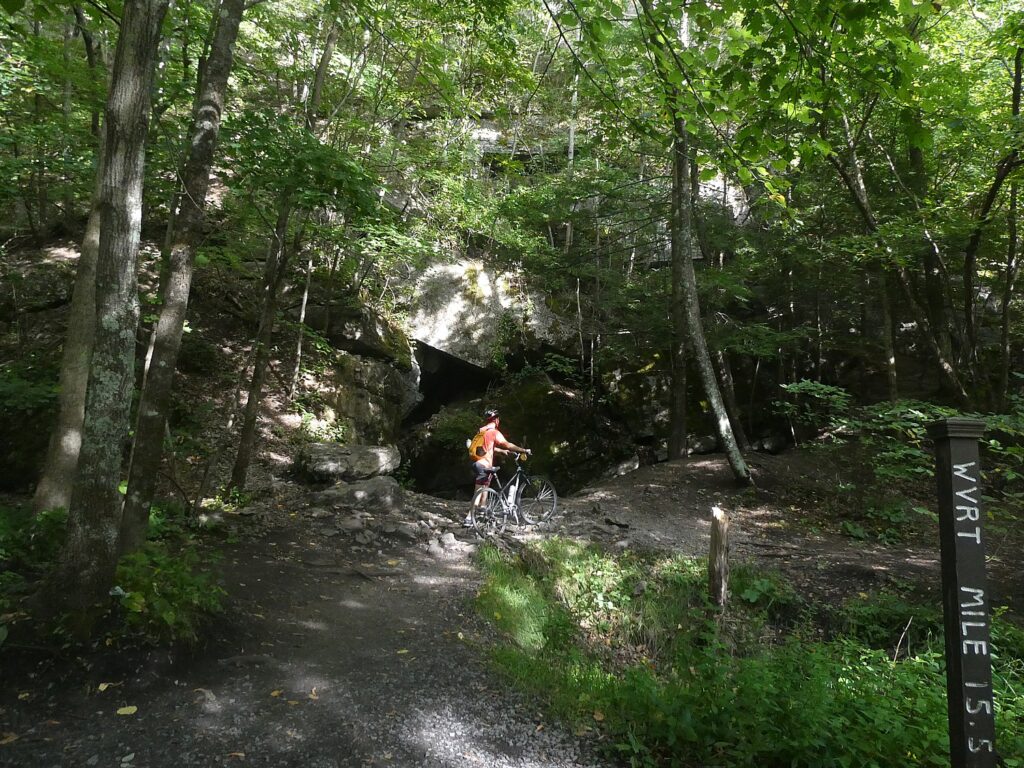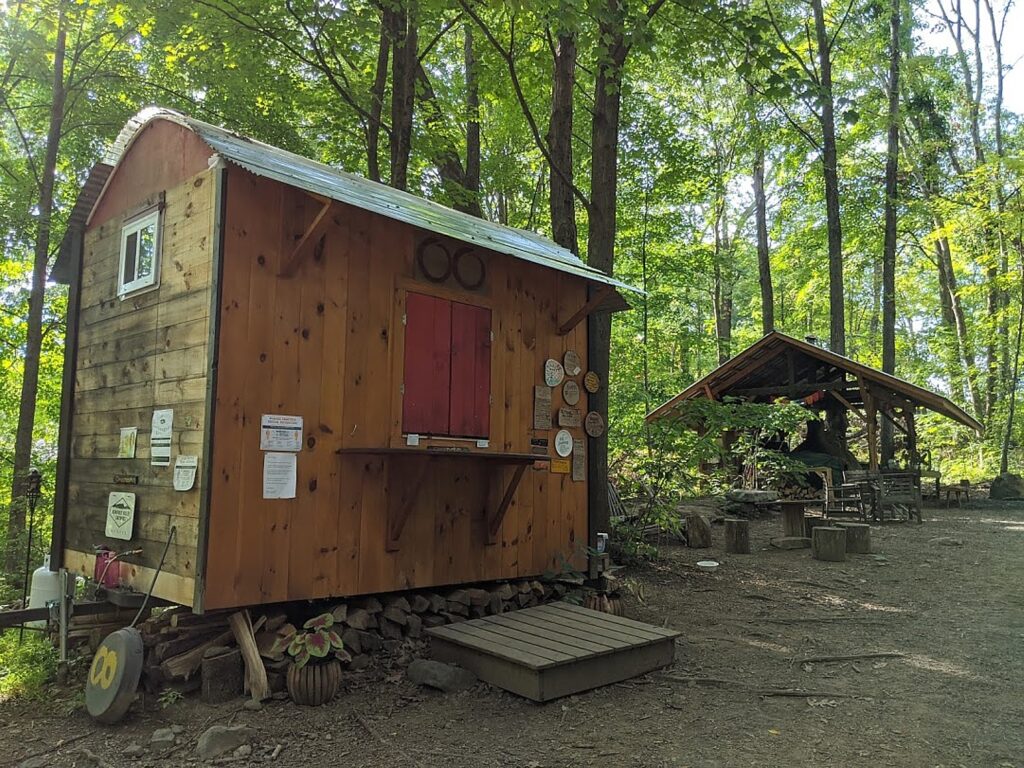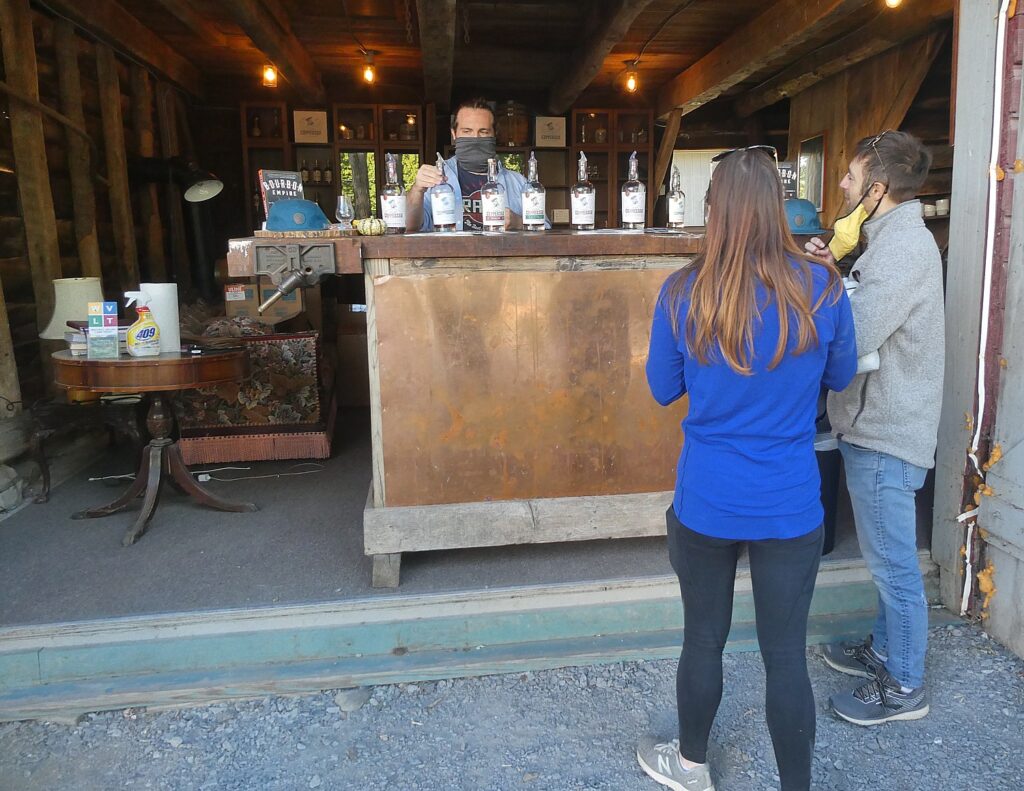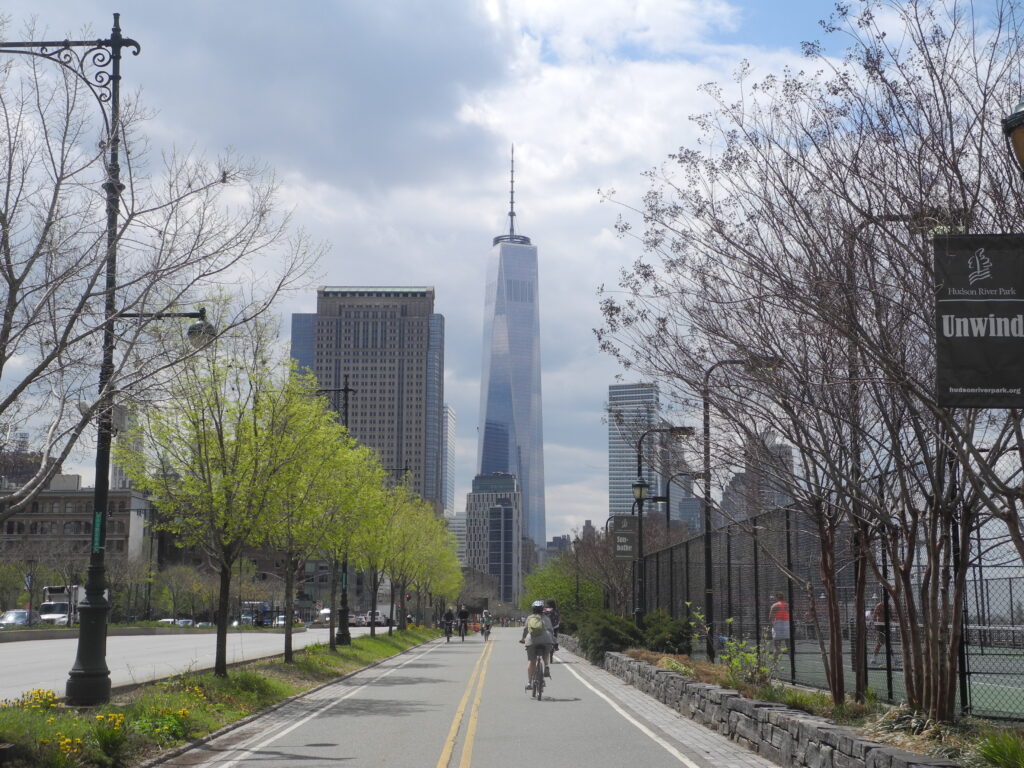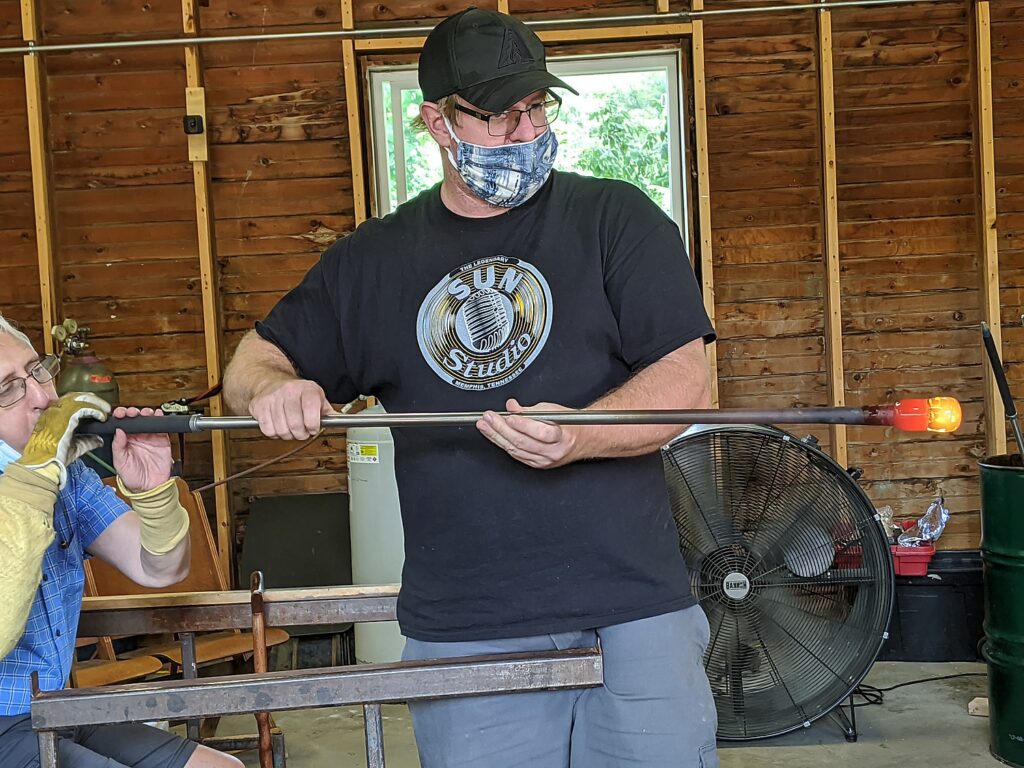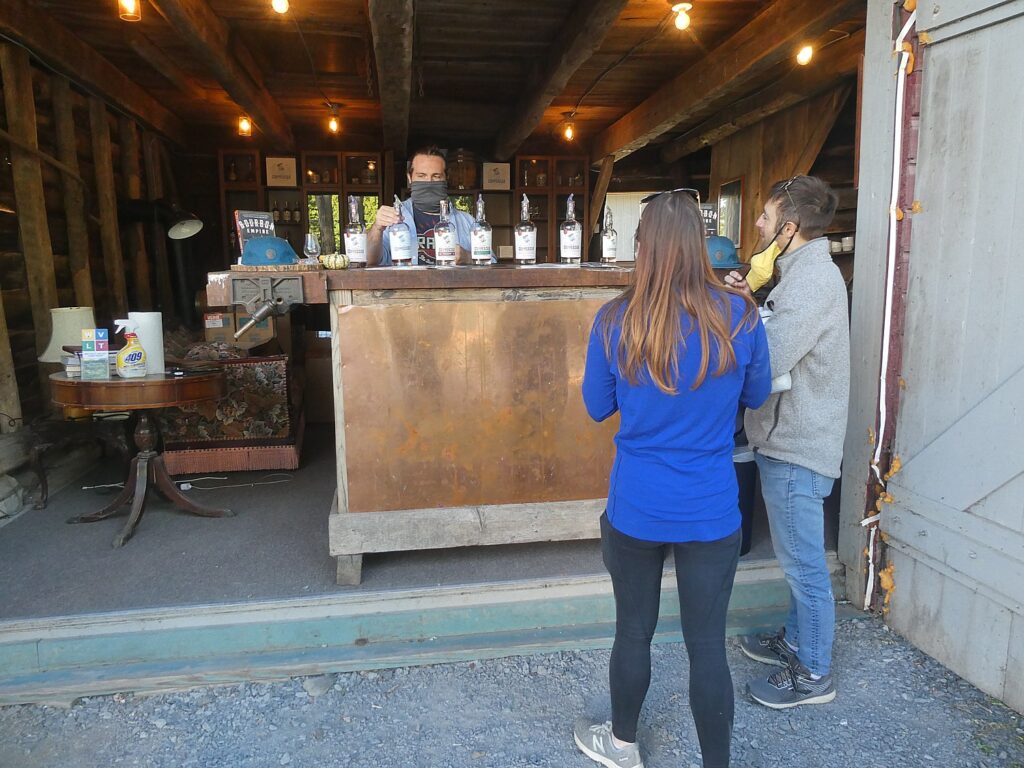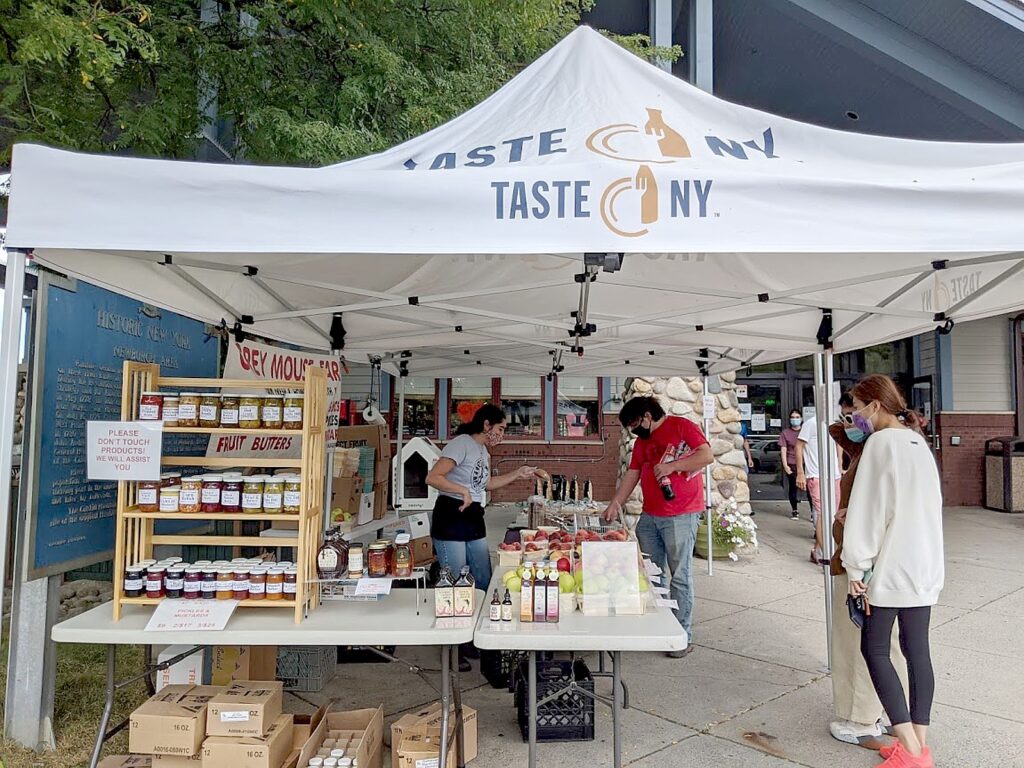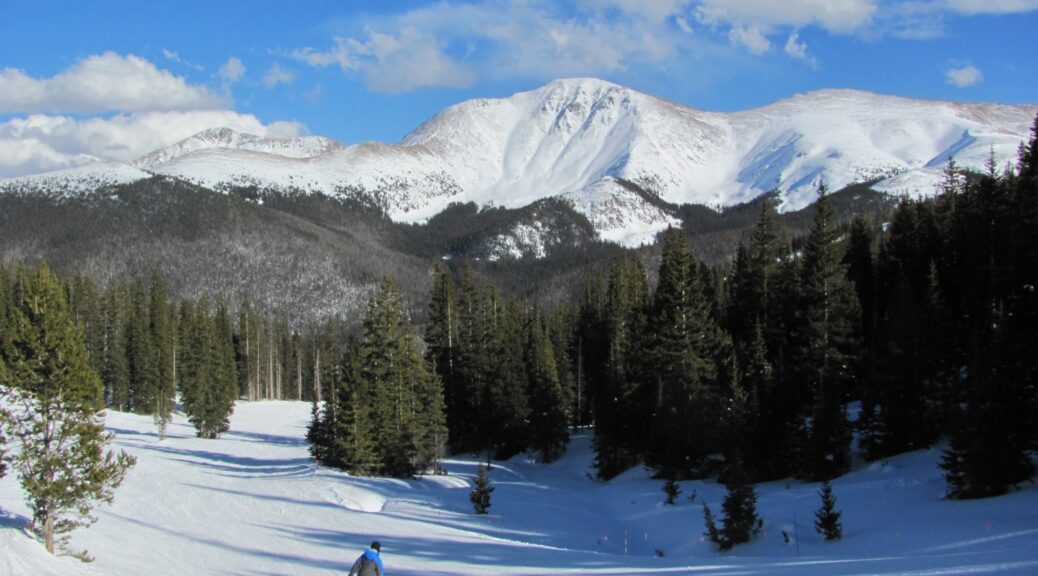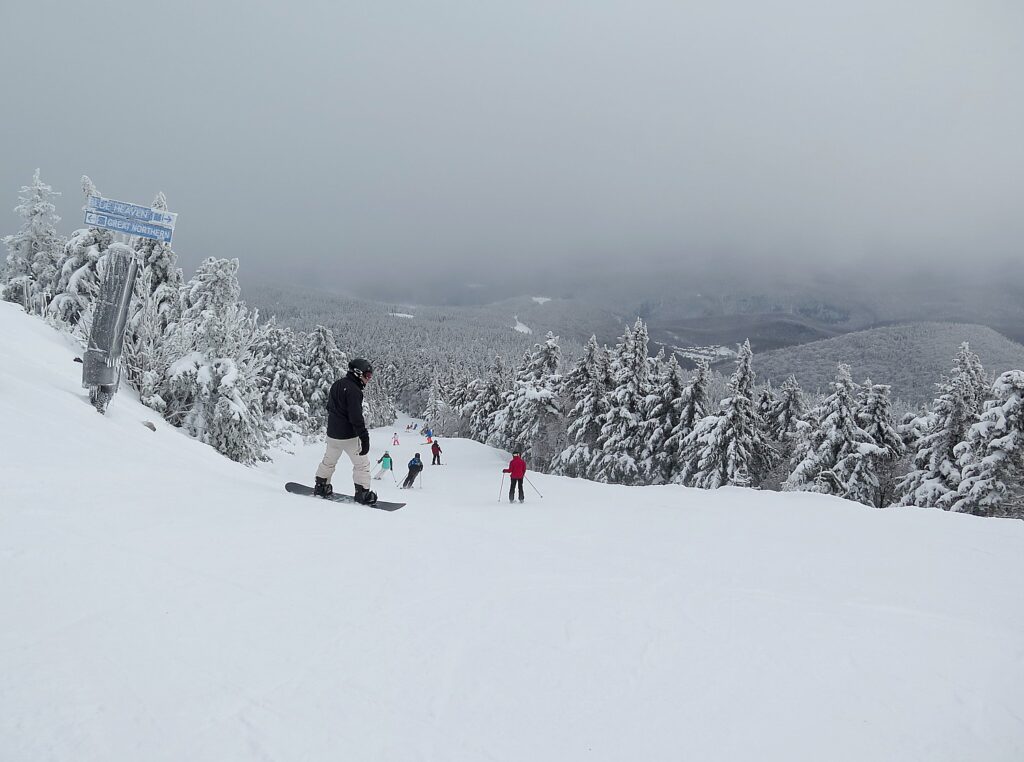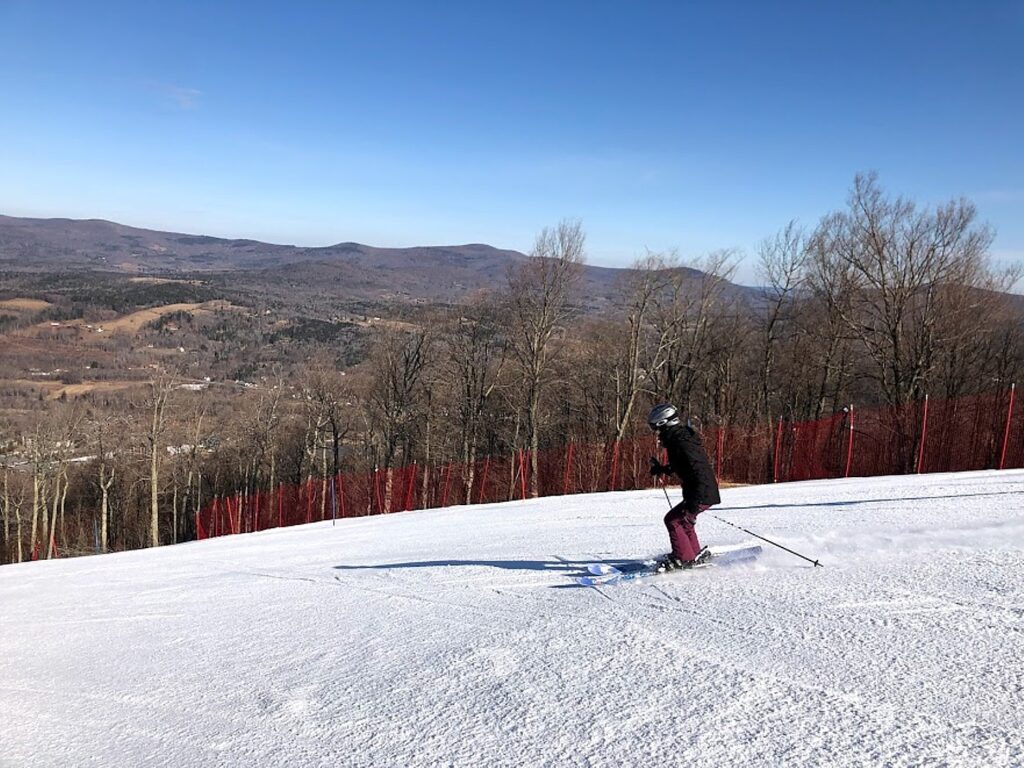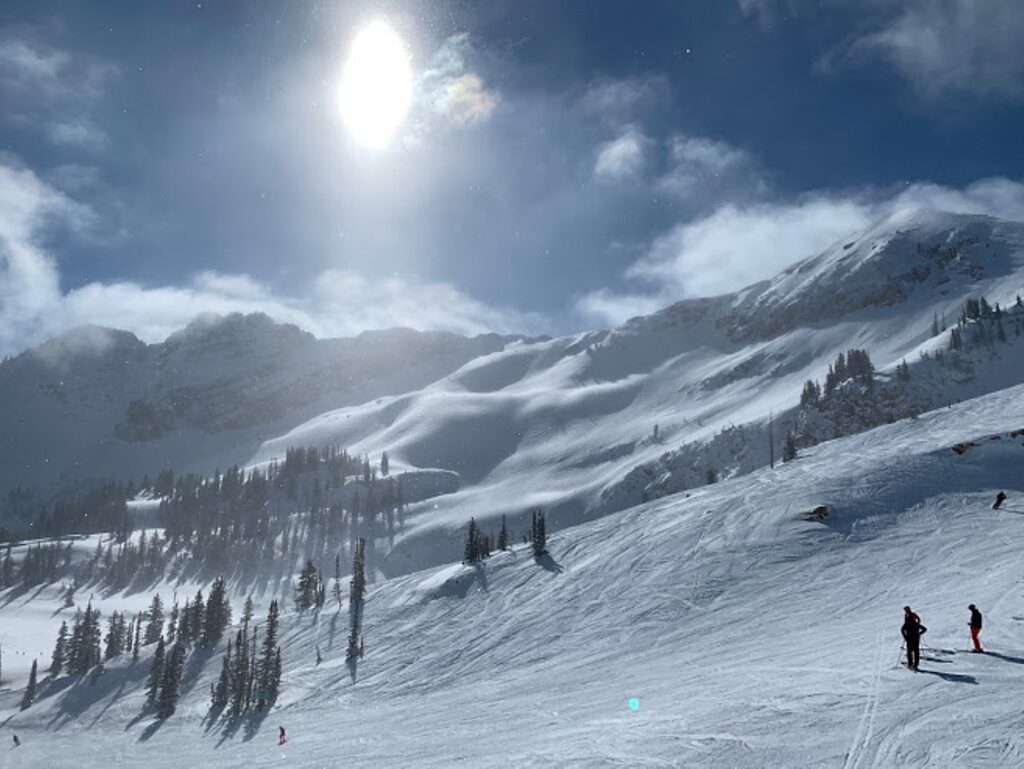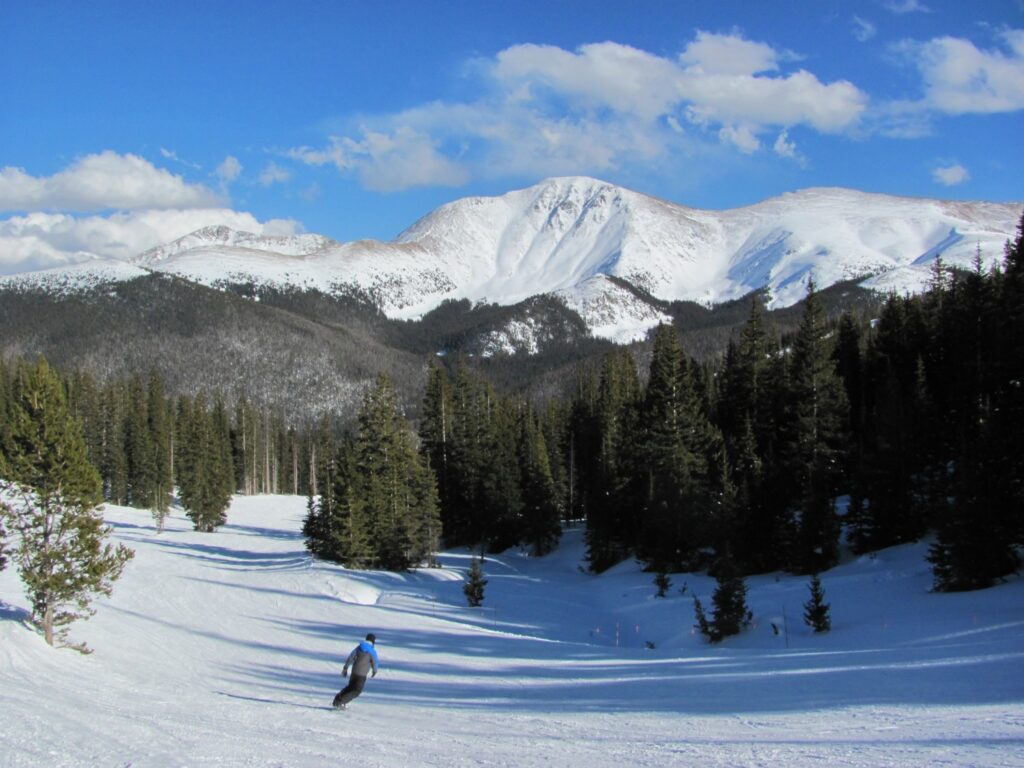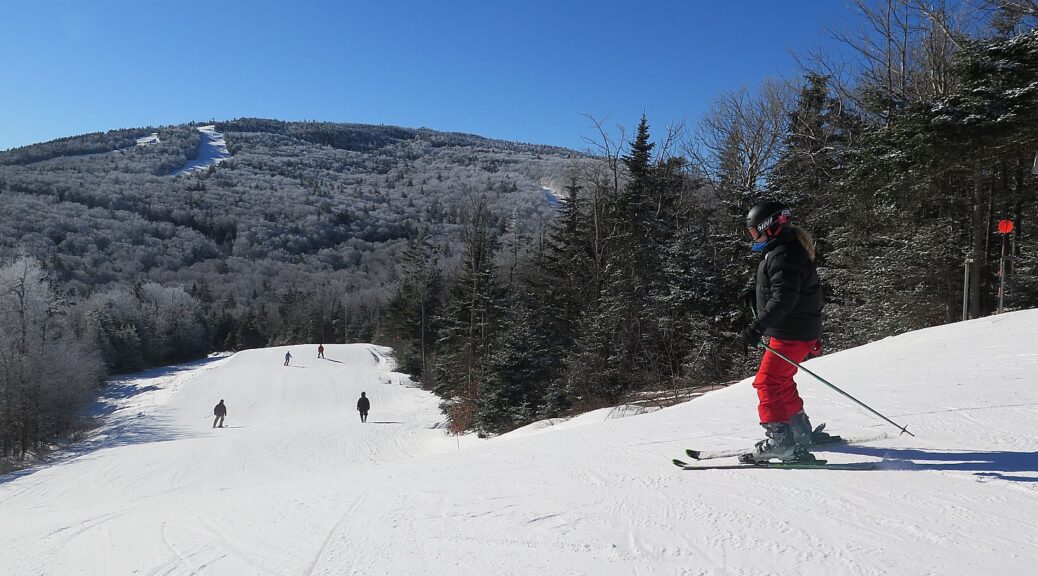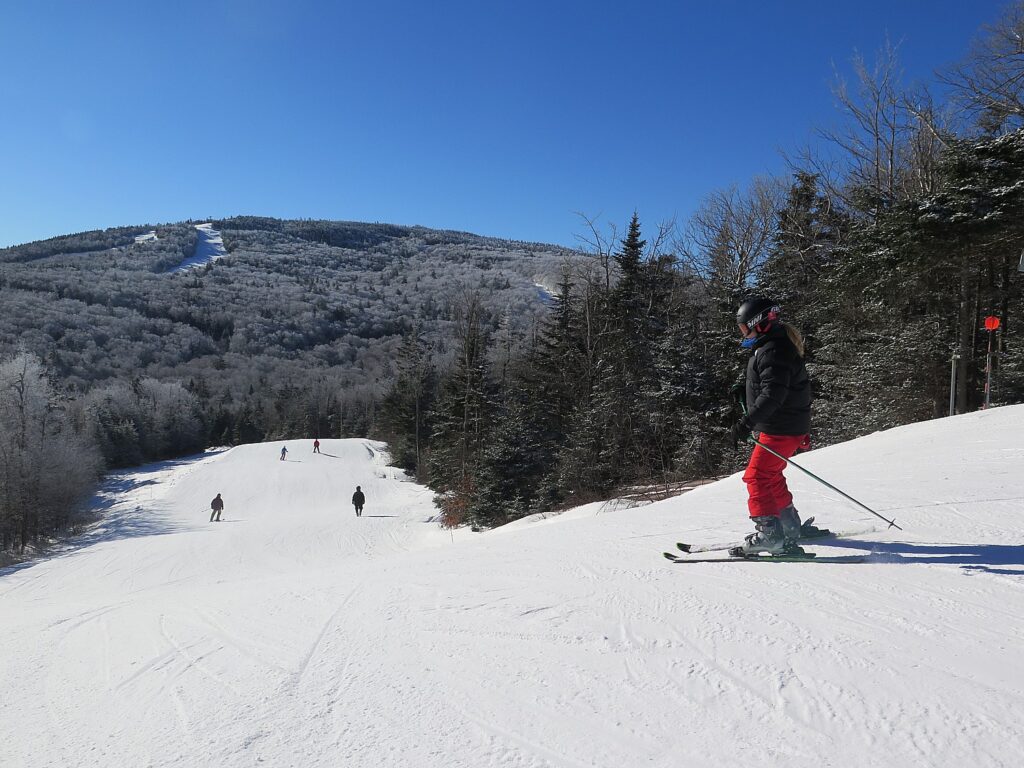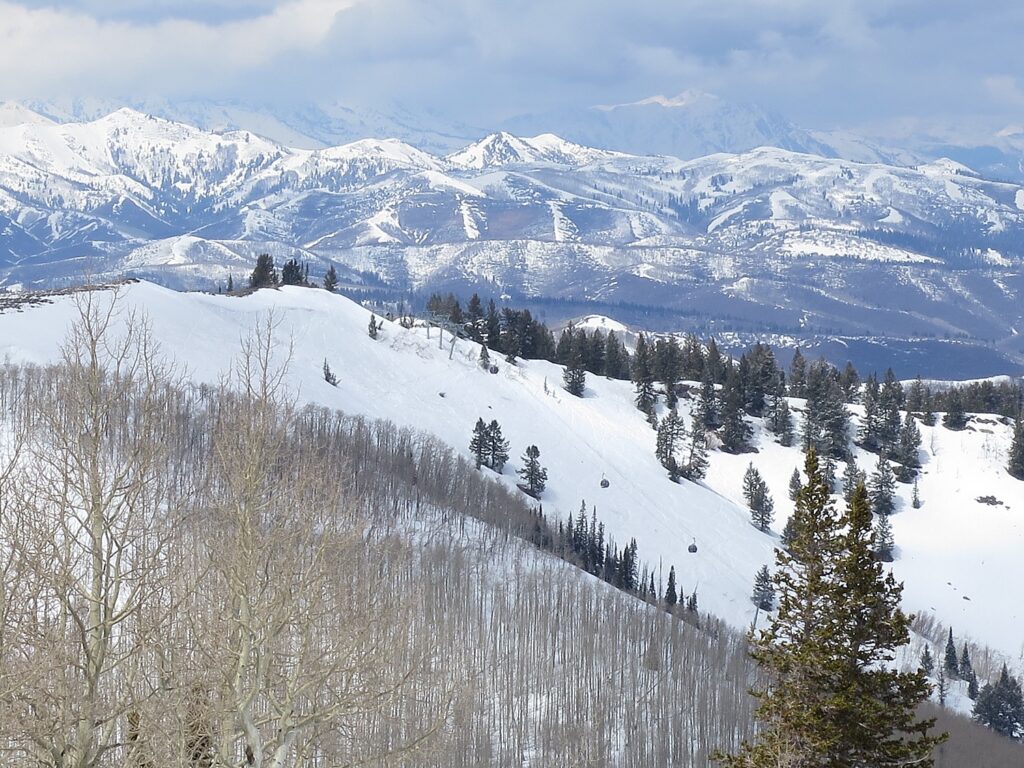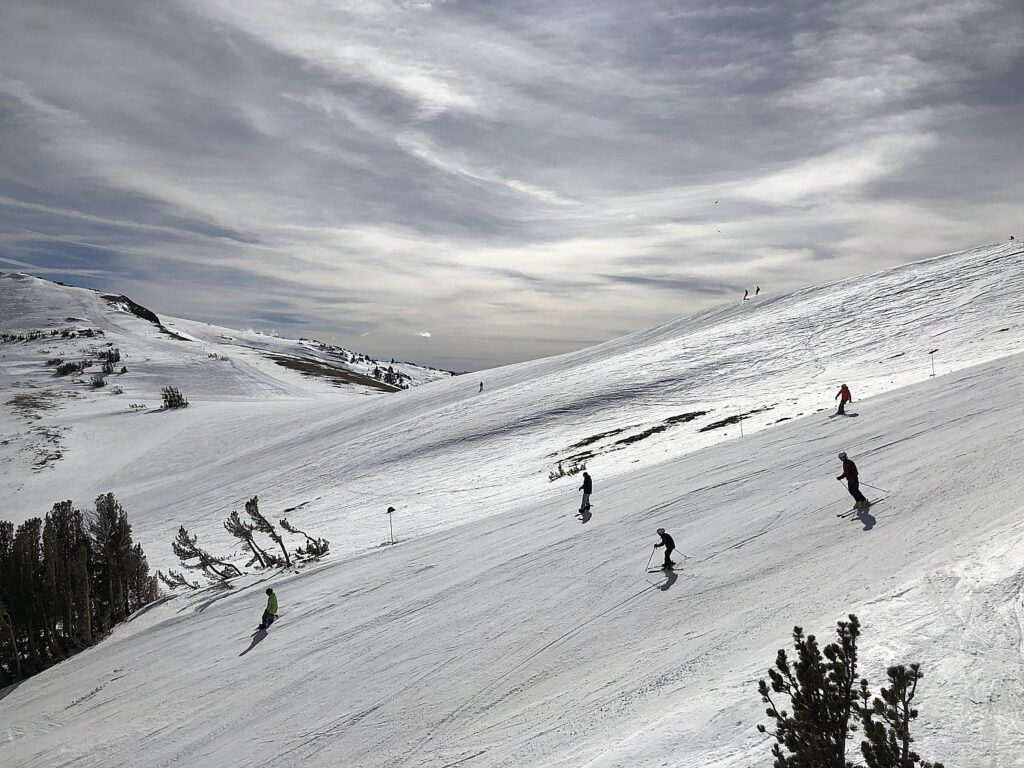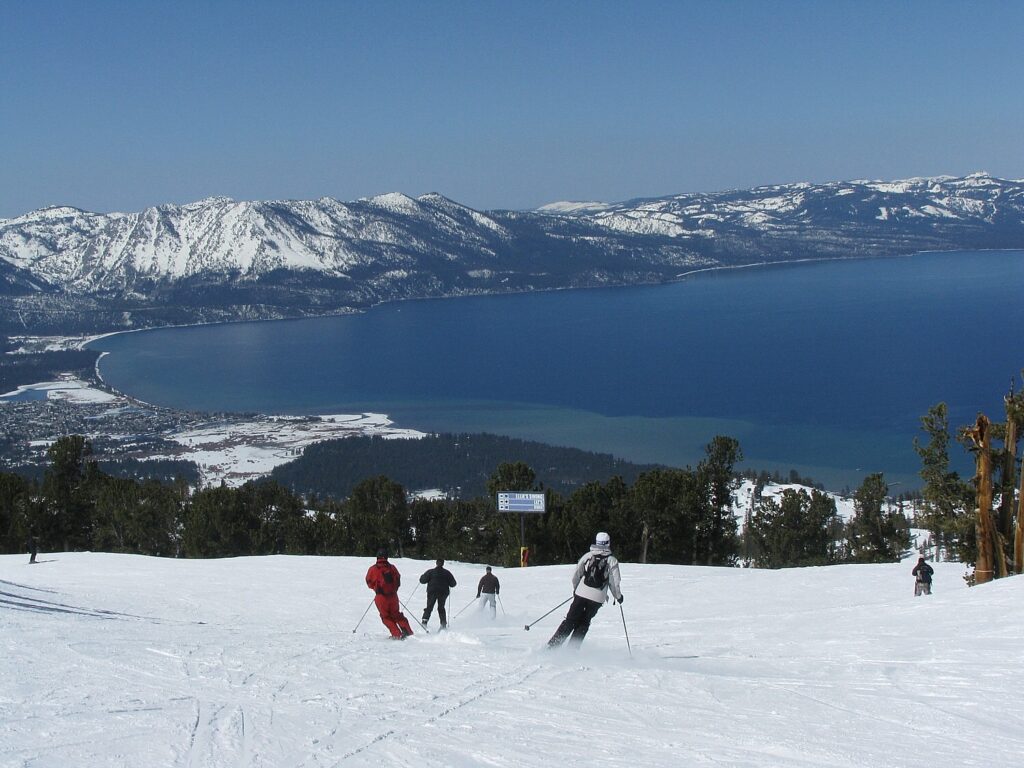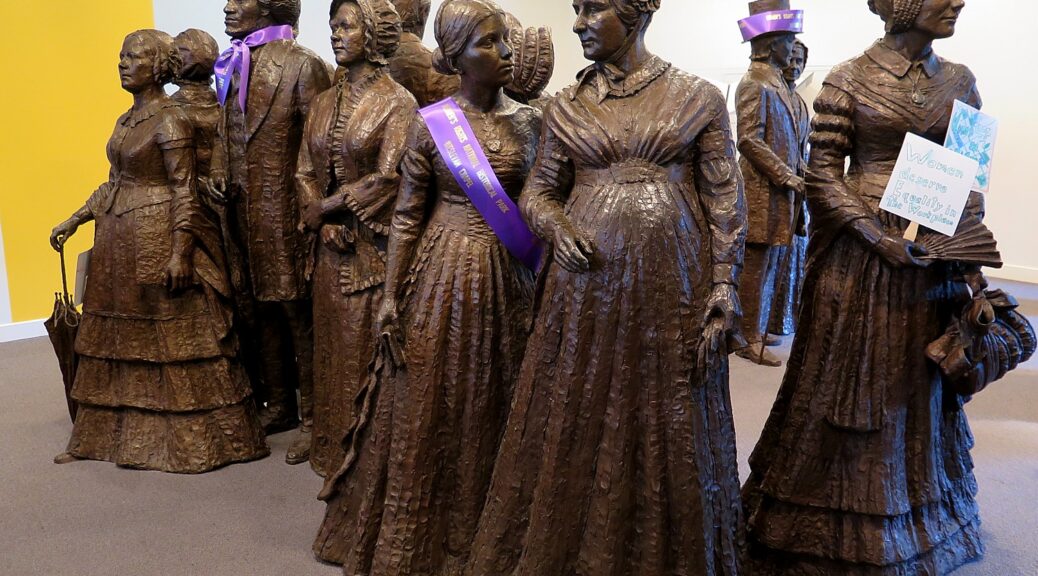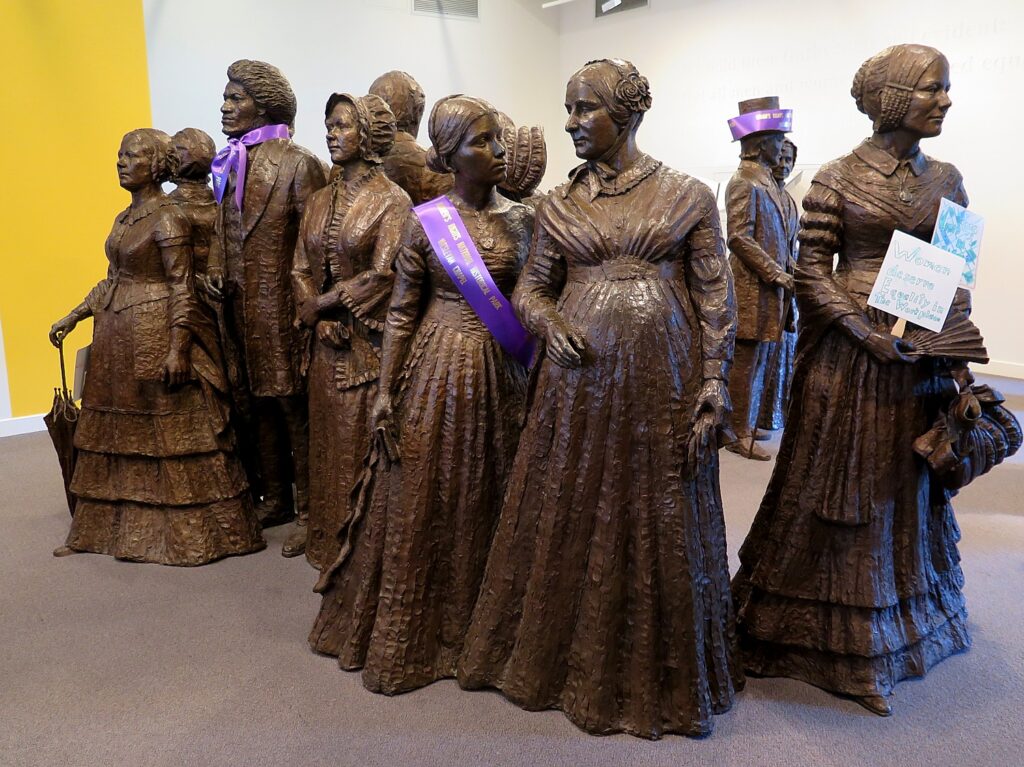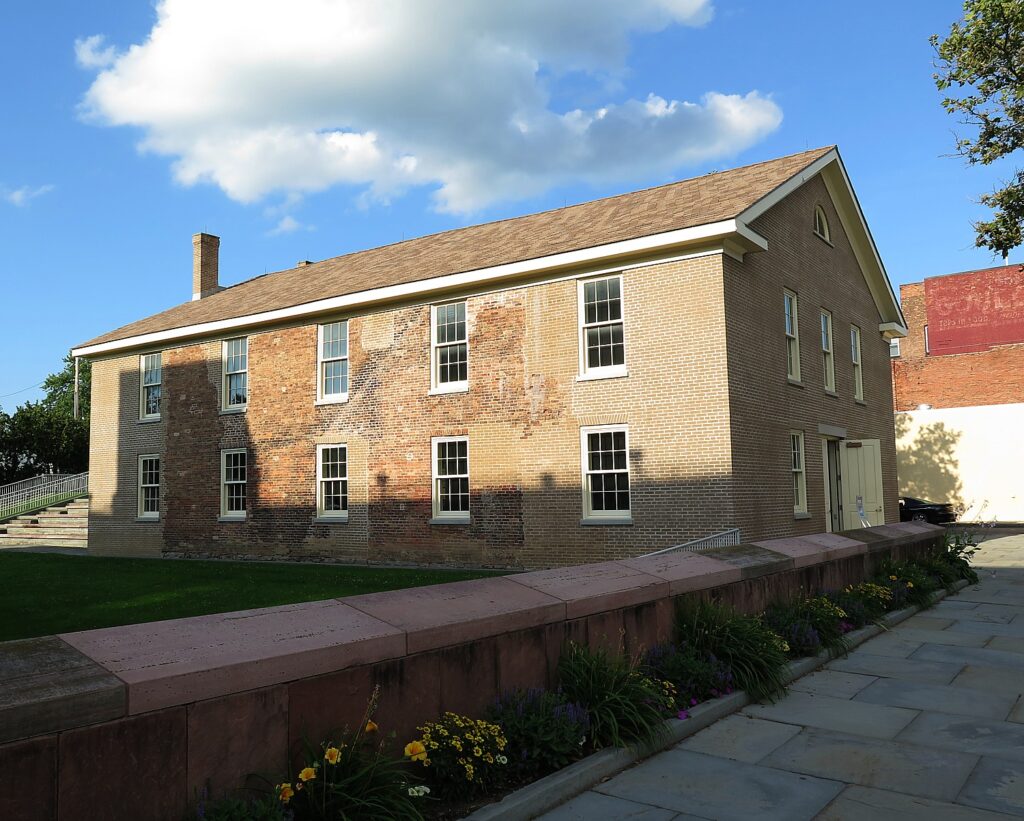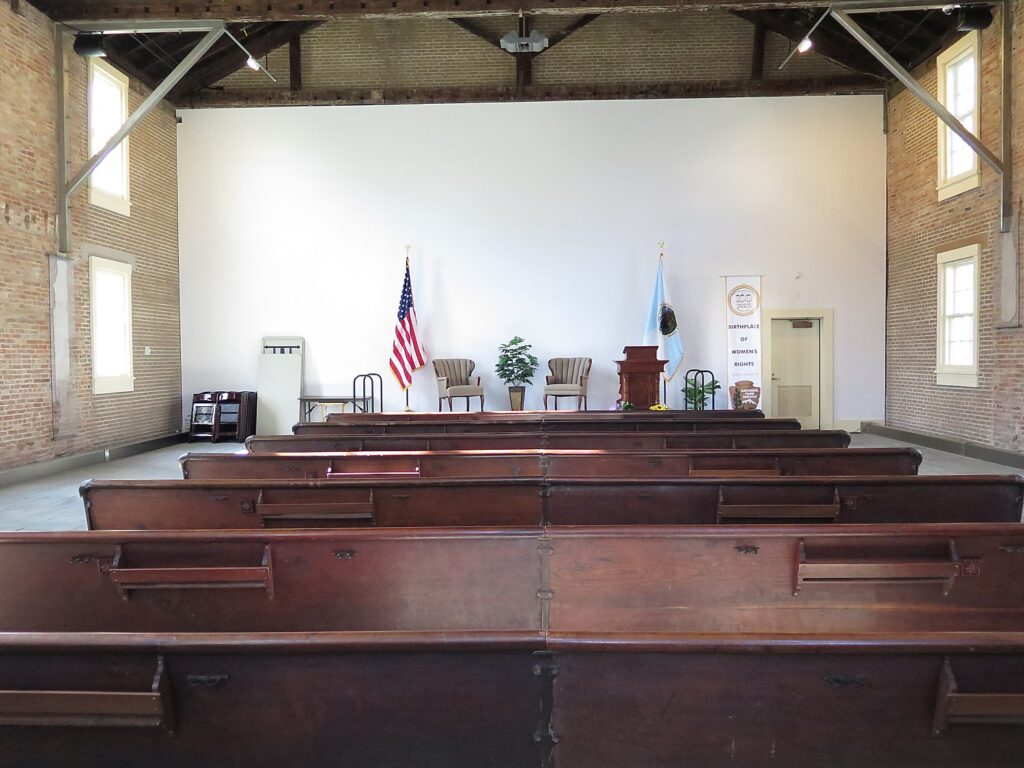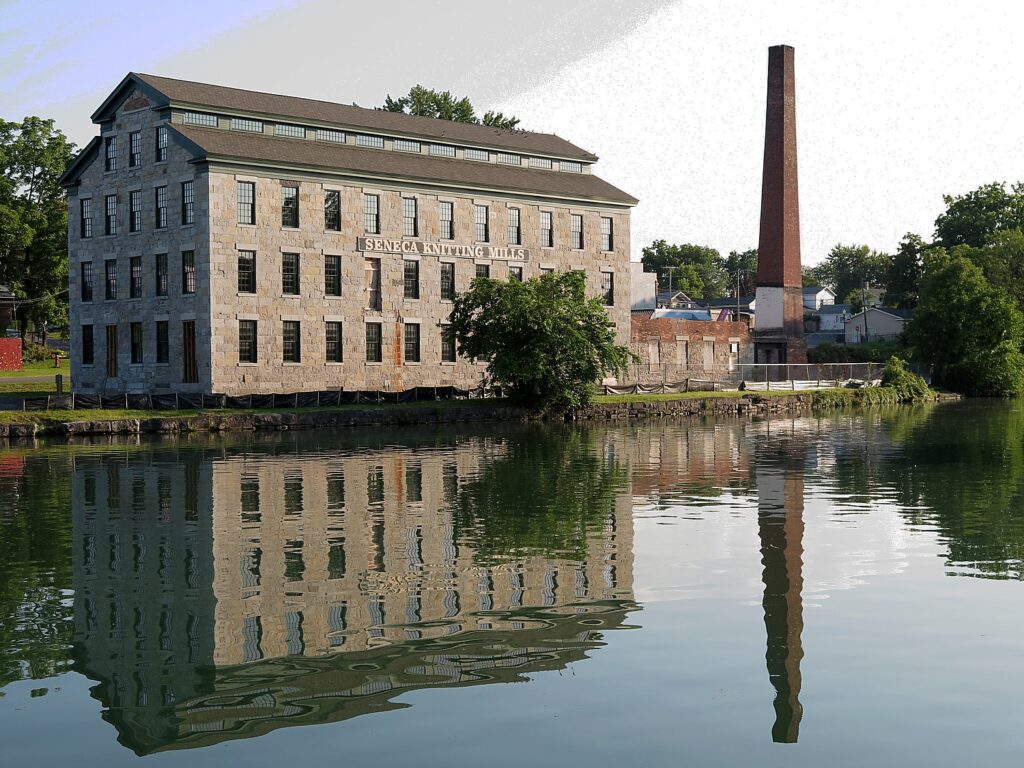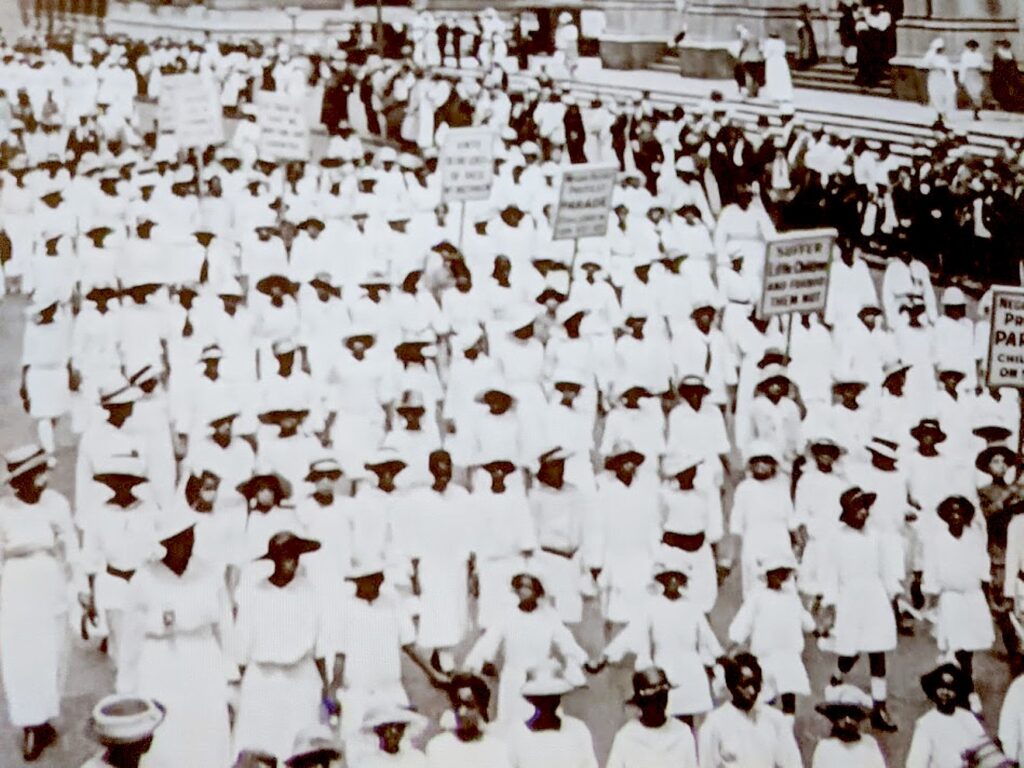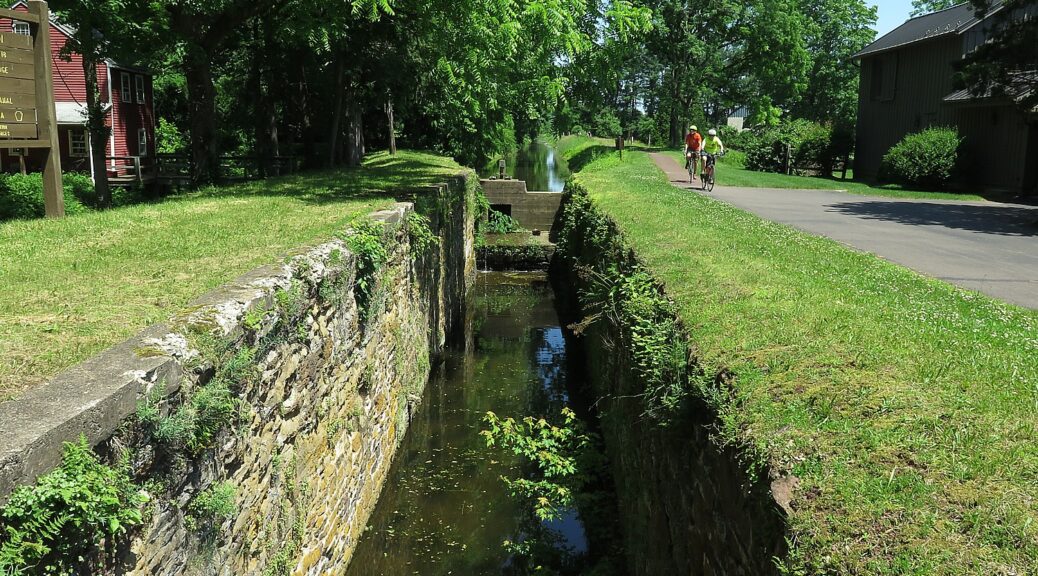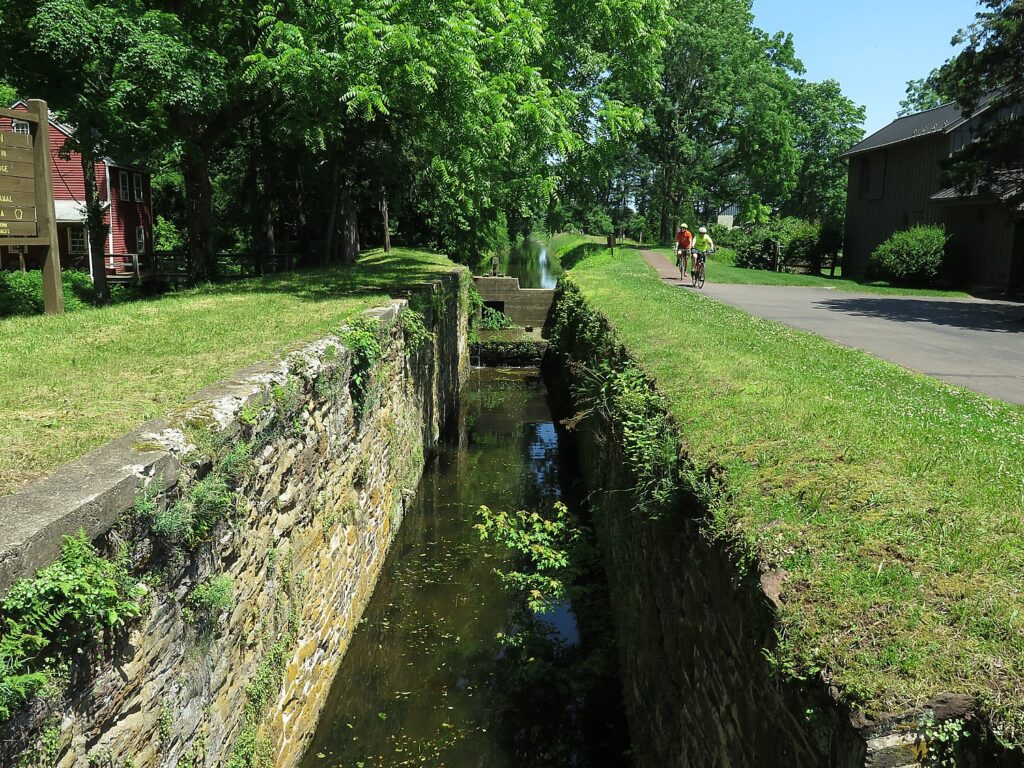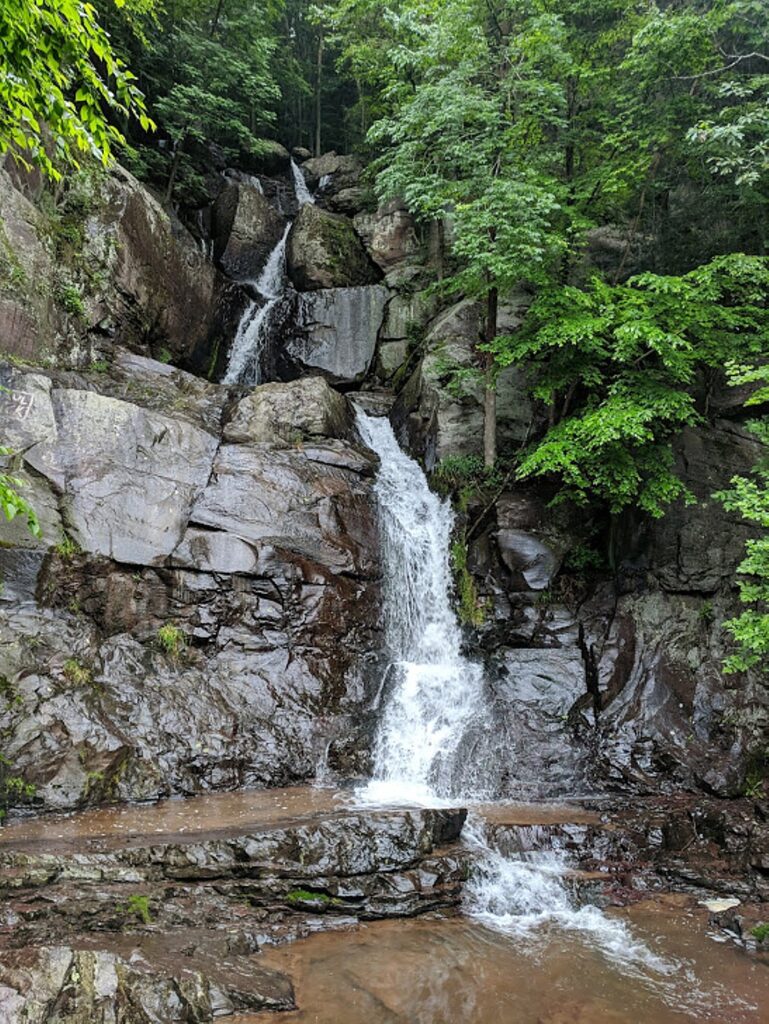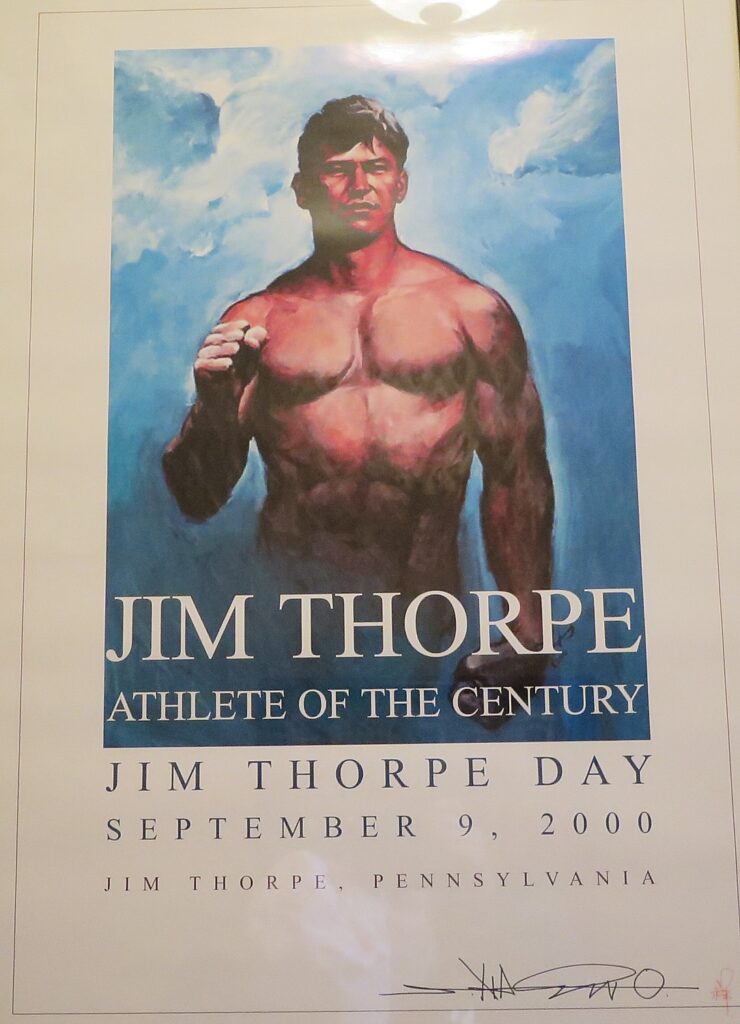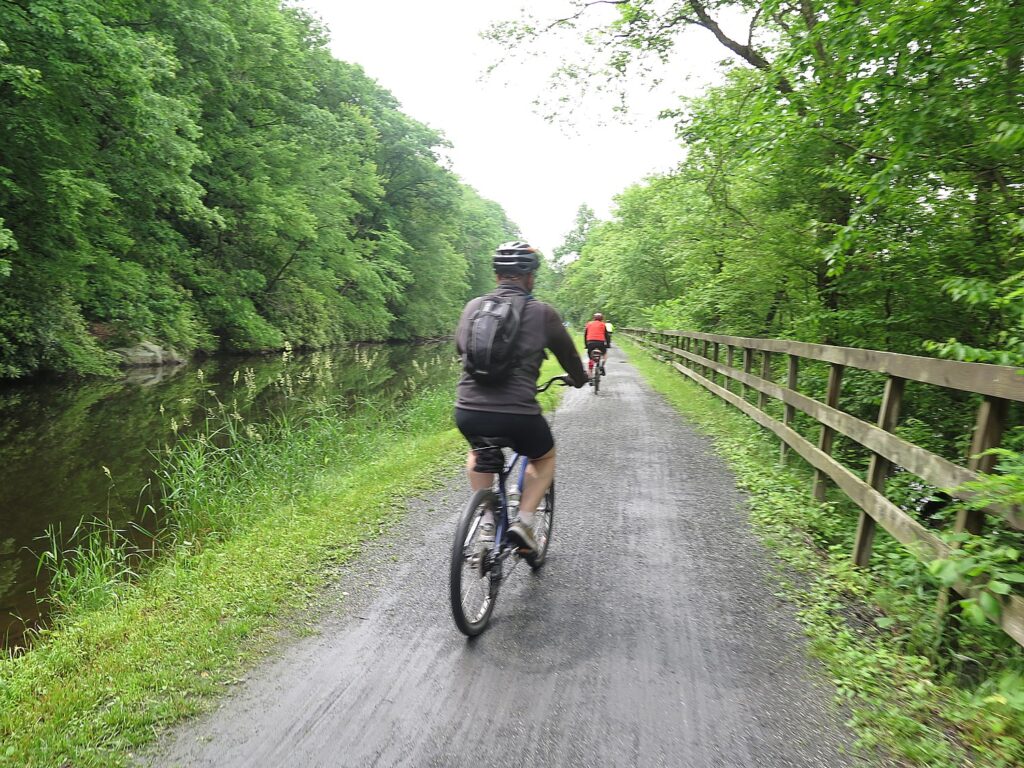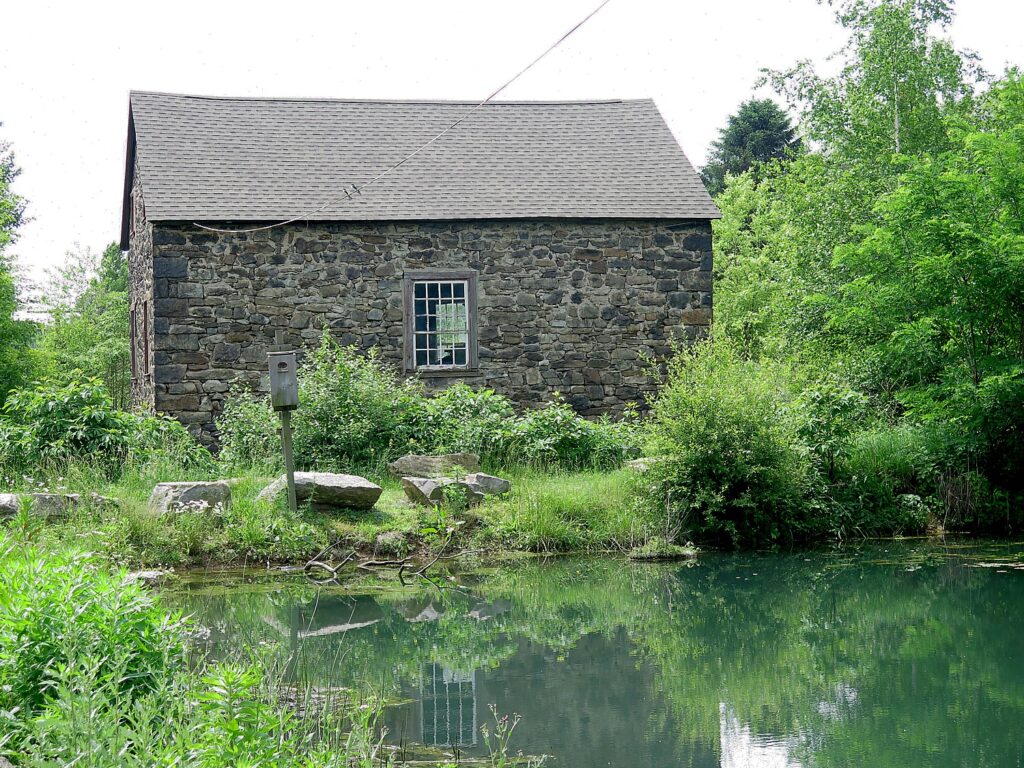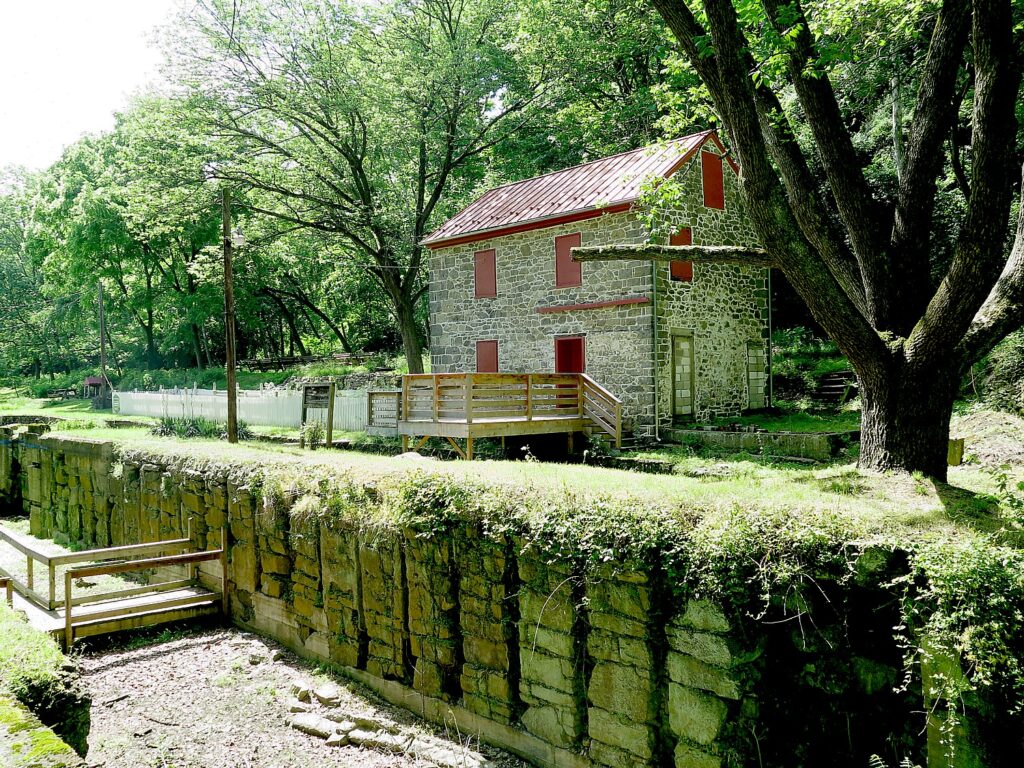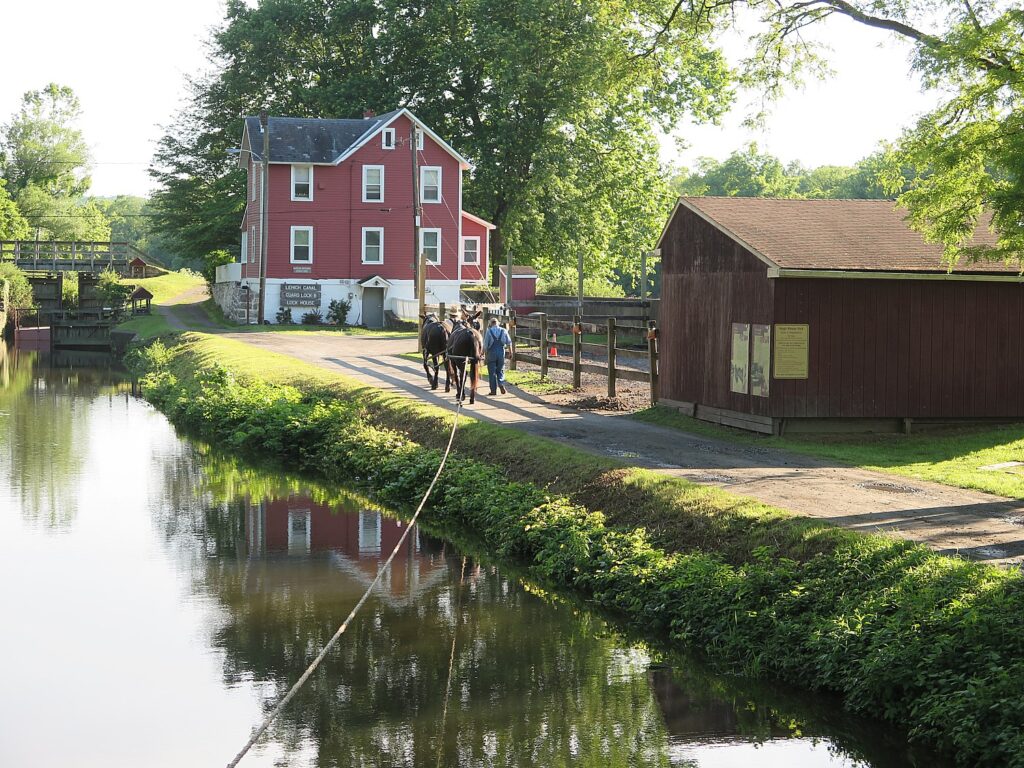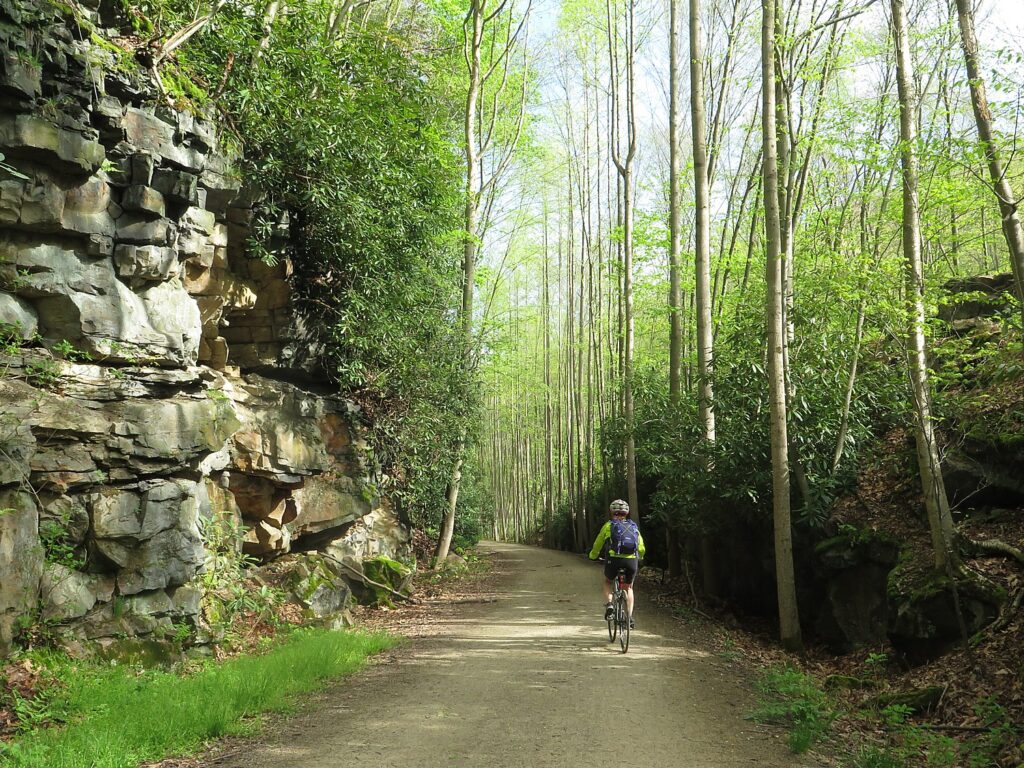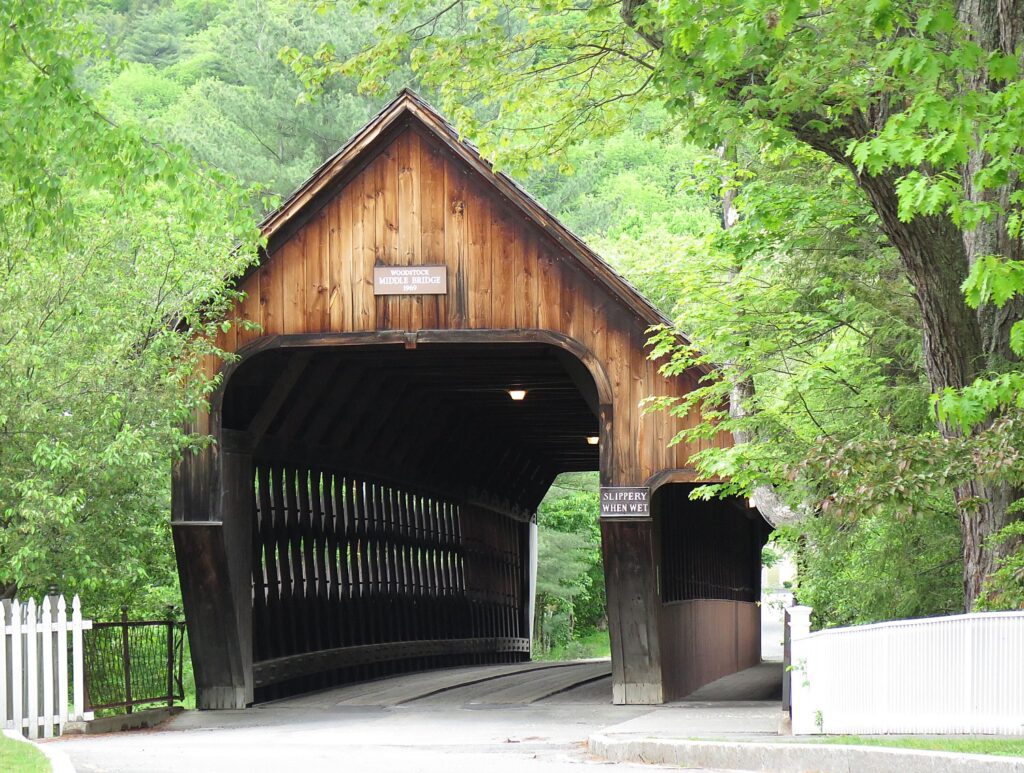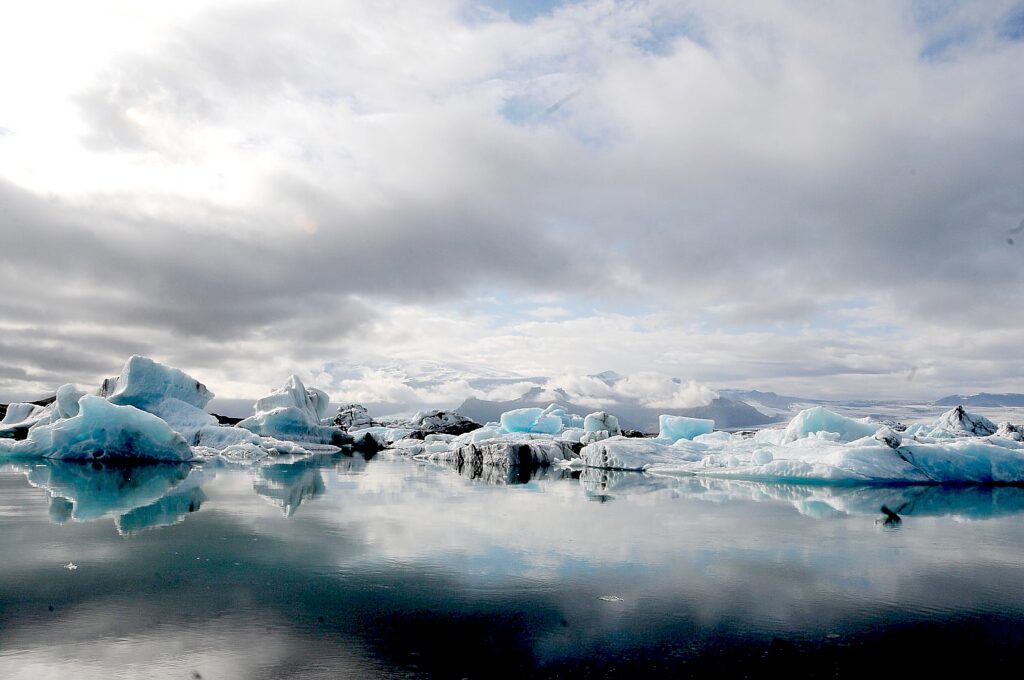
by Karen Rubin
Travel Features Syndicate, goingplacesfarandnear.com
There can be nothing more full of hope and promise for the future in this holiday season for a traveler than a gift that speaks to that wanderlust. The holiday spirit is manifesting differently this year, but nonetheless splendorous.
And travel companies offer Black Friday and Cyber Monday deals which can make that bucket list that much less costly but still as valuable. There are so many that you should just check the websites of travel companies, tour operators, hospitality companies you are interested in, but here are some examples:
&Beyond is offering 20% discount on its series of ‘7 Wonders in 7 Days’ itineraries designed to offer a longer stay in one destination with less travel time for travel dates through Dec. 15, 2021. Each itinerary includes conservation and community experiences as a way to do good while travelling. The discount will apply to a selection of itineraries across Africa and South Americaon inquiries made on Cyber Monday (Nov. 30) only. https://www.andbeyond.com/cyber-monday/
G Adventures is offering up to 21% off select worldwide tours (like Costa Rica, Iceland, Peru), $1 upfront deposits and 21% off My Own Room (gaadventures.com, 800-280-5214).
REI (which I love for clothing and specialized equipment, especially when they offer sales) is also an adventure travel company, and is offering 10 percent off 2021 private departures booked by Nov. 23. For groups of four or more, the cost per person is actually the same as our regular trips. Call for an estimate: 877-326-0470, [email protected].
Hurtigruten’s Black Friday sale offers savings up to 50% off pp, and book with discounted deposit of $500 pp. Hurtigruten operates premium expedition cruises on small, purpose-built, hybrid ships designed specifically to sail in remote waters and reduce carbon footprint to Alaska, Antarctica, the Caribbean & Central America, Greenland, Iceland, North America, the Northwest Passage, Norway, South America, and Svalbard (Hurtigruten.com, 888-412-2590)
The White Elephant Resorts portfolio, including Jared Coffin House, The Cottages, The Wauwinet, White Elephant, and the Boat Basin in Nantucket, and newly opened White Elephant Palm Beach in Florida (debuted November 4), will offer 20% off the best available rate on bookings made from Black Friday through Cyber Monday for travel through Dec. 31, 2121. (www.whiteelephantresorts.com/ Booking code: Cyber)
Island Outpost properties in Jamaica, Strawberry Hill and The Caves, is offering 30% off bookings (minimum two nights) made from Black Friday through Cyber Monday (for travel January 4-December 19, 2021, with holiday blackouts).
The Setting Inn, Napa Valley will offer 30% off all three-night bookings made from Black Friday through Cyber Monday, including $100 credit at Bottega Napa Valley restaurant and $100 transportation credit with Beau Wine Tours for travel Nov. 27, 2020-March 31, 2021.
The Meritage Resort & Spa and Vista Collina Resort & Spa will offer 21% off all two-night bookings made from Black Friday through December 1, 2020 for travel through April 30, 2021. The Meritage Collection will also donate $21 per stay to the First Responders Children’s Foundation to support the families of first responders. https://meritagecollection.com/specials/black-friday-offer
Gift the gift of genealogy: start tracing roots for a future trip to discover heritage. Ancestry.com is offering 20% discount on gift memberships (through Nov. 25). Then, trace your family story on genealogy tours, created in collaboration with Ancestry, where each trip includes an AncestryDNA® kit and pre-trip family history review and a genealogist from AncestryProGenealogists® accompanies your tour group to answer questions about your heritage. (https://www.goaheadtours.com/travel-styles/heritage-tours, 800-590-1161; check Black Friday deals).
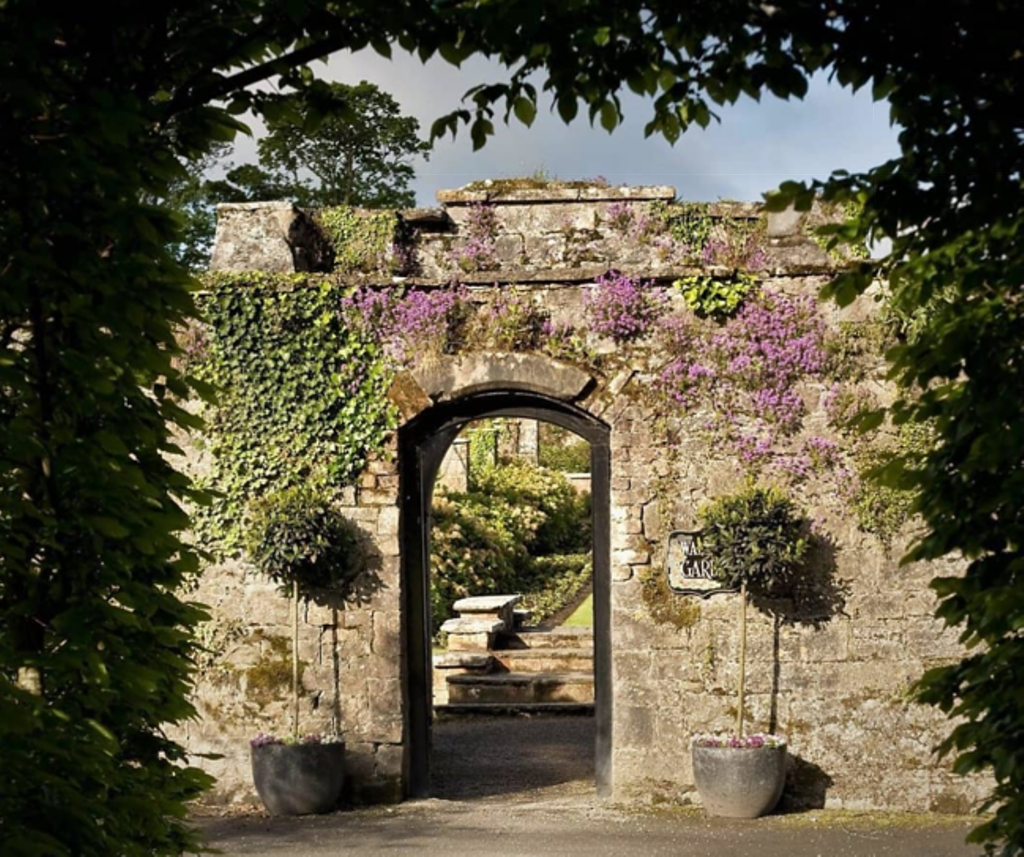
Heritage tours are a whole genre. Here’s another: Dromoland Castle, a 16th century castle-turned-hotel set in the countryside of County Clare, Ireland is offering a new genealogy package for families looking to trace their Irish roots. After filling out their family history, the in-house genealogist, Lorna Maloney, will host a private 45-minute Zoom call to give a genealogy review, then prepares the full results along with next steps on familial connections or travel suggestions. This can take place over Zoom or, ideally, at the Castle over tea and scones. The genealogy package starts at £220 for the Zoom conference, and nightly rates at the hotel start at $367 per night, double occupancy. (dromoland.ie)
Travel Gifts That Don’t Require Travel
Context Travel (contexttravel.com), known for erudite cultural walking tours, is featuring online cooking classes: Italian Cooking with Gina Tringali, Cooking with Clementine Haxby. Other seminars feature music and art. You can give the gift of learning with a Context gift card (https://conversations.contexttravel.com/products/context-conversations-gift-card)
The South Africa-based adventure, ecotourism and safari company, &beyond, is offering a slew of travel gifts that don’t require travel, including virtual experiences such as three-hour safaris; private, one-on-one sessions with conservation and marine experts; a virtual, interactive birding masterclass with leading birding specialists; virtual cooking masterclasses; a safari-themed children’s party; virtual session with certified nature and forest meditation therapy guide; yoga sessions; a virtual tango lesson; authentic African handicrafts and luxury accessories; or give a voucher for future travel (www.andbeyond.com/magazine/10-gifts-that-dont-require-travel/, andbeyondsafarishopping.com/)
Travel Gifts that Give Back
Many major travel companies that adhere to the principles of sustainability and responsible travel also are deliberate about giving back to communities and conserving heritage and resources. Among them Pure Adventures, Overseas Adventure Travel (Grand Circle Foundation, www.oattravel.com/oat-difference/grand-circle-foundation), Butterfield & Robinson, Austin Adventures (Wheels of Change) and Wildland Adventures (just acquired by Austin Adventures, which has Travelers Conservation Trust, www.tct.global) and The Travel Corporation (ttc.com), which is a family of 40 travel and hospitality companies.

TTC’s charitable foundation, TreadRight, is using holiday gift giving to benefit its project partners and sustainable initiatives around the world – artisans and conservation projects hard-hit by the collapse of international travel. TreadRight is bringing these artisans to you:
Laboratorio Giuditta Brozzetti is a TreadRight project partner in Italy which works to preserve the ancient weaving tradition of the Perugia region, while empowering local women through employment. Shop woven goods including runners, bags & clothing (www.brozzetti.com/en/shop/)
Clean & Proud, based in Malawi, collects plastic waste and recycles it into practical and beautiful goods. Shop pouches, wallets, totes & other goods made from recycled plastic (https://cleanandproud-recycling.com/shop/)
Proyecto Titi is a TreadRight project partner in Colombia working to protect the critically endangered cotton-top tamarin. Shop totes, ornaments & novelty items (www.proyectotiti.com/en-us/Shop)
Centro de Textiles Tradicionales del Cusco is a TreadRight project partner in Peru which works to preserve the ancient weaving tradition of the Cusco region, while empowering local women through employment. Shop woven goods including runners, bags & clothing (www.textilescusco.org/shop-categories)
Manitobah Mukluks Storyboot School is a TreadRight project partner in Canada which empowers Indigenous elders, artisans, and youth by teaching the traditional Canadian Indigenous art. Shop mukluks, moccasins, dreamcatchers, jewelry & more (www.manitobah.ca/collections/storyboots#storyboot-section)
Ock Pop Tok Village Weavers is a TreadRight project partner in Laos which supports local artisans and preserves the cultural heritage. Shop woven goods including clothing, bags, jewelry & home goods (www.ockpoptok.com/shop-online/)
You can also make donations on behalf of someone:
Support local water projects in developing countries with a donation to Walkers4Water, a 2020 Tread the Pledge Fund recipient which provides accessible clean water for communities worldwide (www.charitywater.org/walkers4water-1/walk4water-2020) .
A donation to the National Kiwi Hatchery, a TreadRight project partner in New Zealand, will support the protection and conservation of the endangered national kiwi bird. (www.nationalkiwihatchery.org.nz/donate/)
Support the rescue and rehabilitation of sick and injured elephants with a donation to TreadRight project partner Wildlife SOS in India. (https://give.wildlifesos.org/page/16138/donate/1)
Your donation to Wilderness Foundation Africa, TreadRight project partner, will fund anti-poaching and rhino conservation efforts. (www.wildernessfoundation.co.za/support)
Adopt a turtle through the Sea Turtle Conservancy, a former TreadRight project partner working to protect the endangered species in Central America and the Caribbean. (https://conserveturtles.org/support-stc-join-stc-and-adopt-a-turtle/)
Butterfield & Robinson also has a foundation that supports conservation and cultural projects (https://www.butterfield.com/about/we-give-back/) as well as an B&R Artisan Marketplace promotes the small businesses and independent artists that you would otherwise encounter on trips (https://www.butterfield.com/br-artisan-marketplace/)
Give the Gift That Keeps Giving
Travel is a gift that keeps giving, living inside with memories and life-enhancing, life-changing experiences, with developing a global citizen value system, and forging bonds among family and friends. A way to immortalize those memorable travel experiences and family events is to create a photo book (the entire process online). MilkBooks.com, a New Zealand-based company, produces superb quality photo books and albums, offering great value, excellent customer service with online chats or by phone, and timely delivery (you need about 2-3 weeks), and offers discounts for first-timers.
Coming up: More Gift of Travel Ideas
_____________________________
© 2020 Travel Features Syndicate, a division of Workstyles, Inc. All rights reserved. Visit goingplacesfarandnear.com, www.huffingtonpost.com/author/karen-rubin, and travelwritersmagazine.com/TravelFeaturesSyndicate/. Blogging at goingplacesnearandfar.wordpress.com and moralcompasstravel.info. Send comments or questions to [email protected]. Tweet @TravelFeatures. ‘Like’ us at facebook.com/NewsPhotoFeatures
